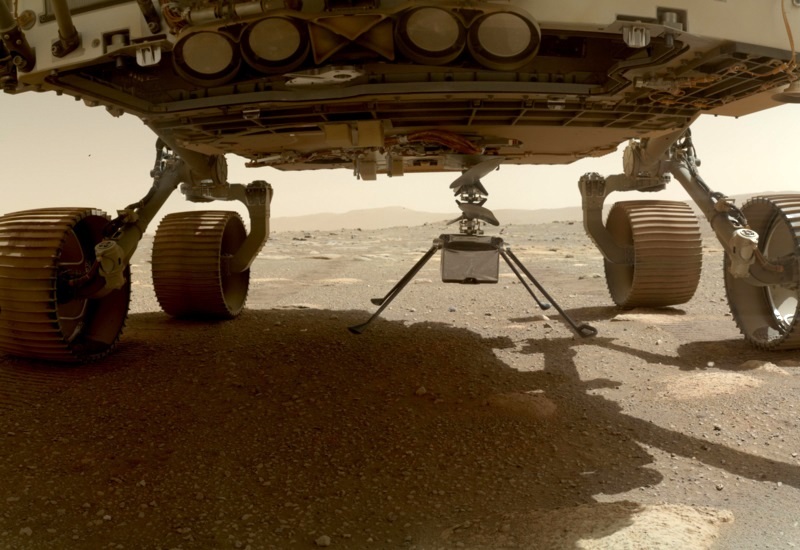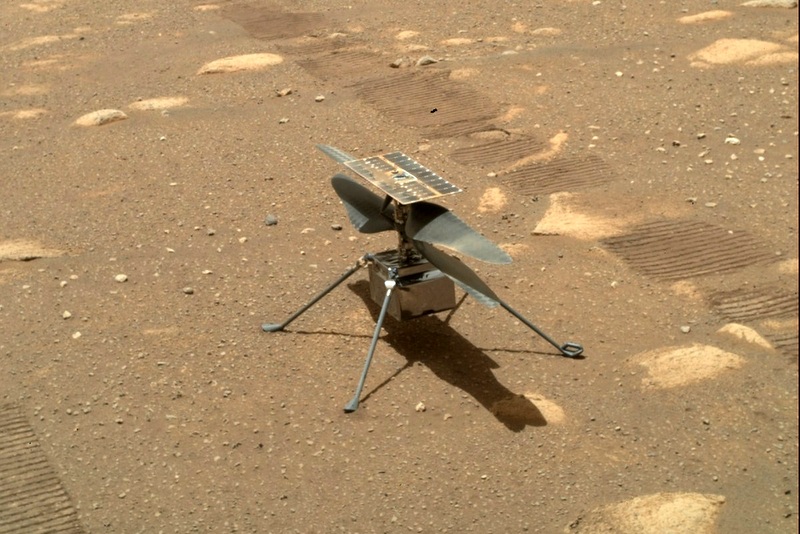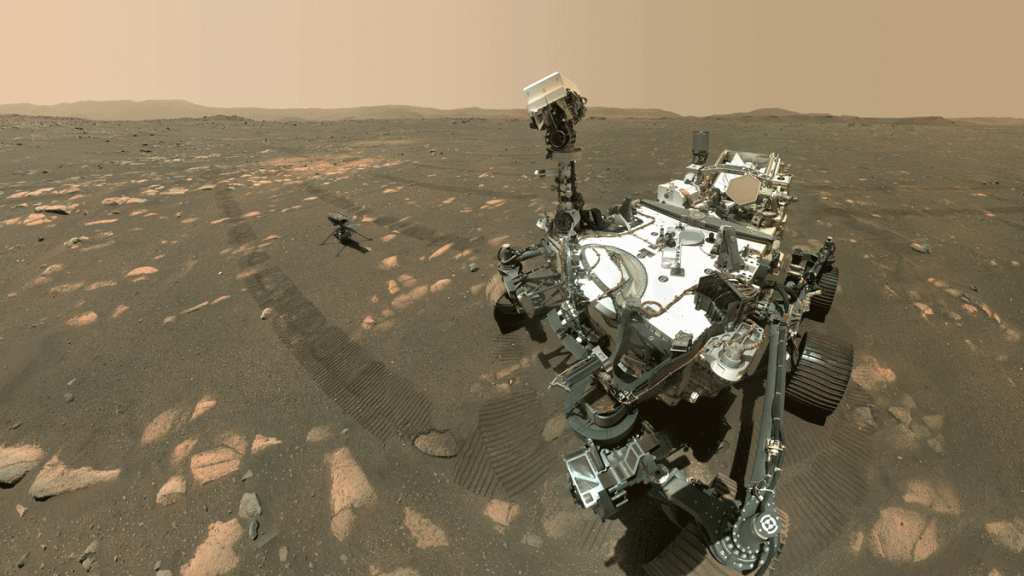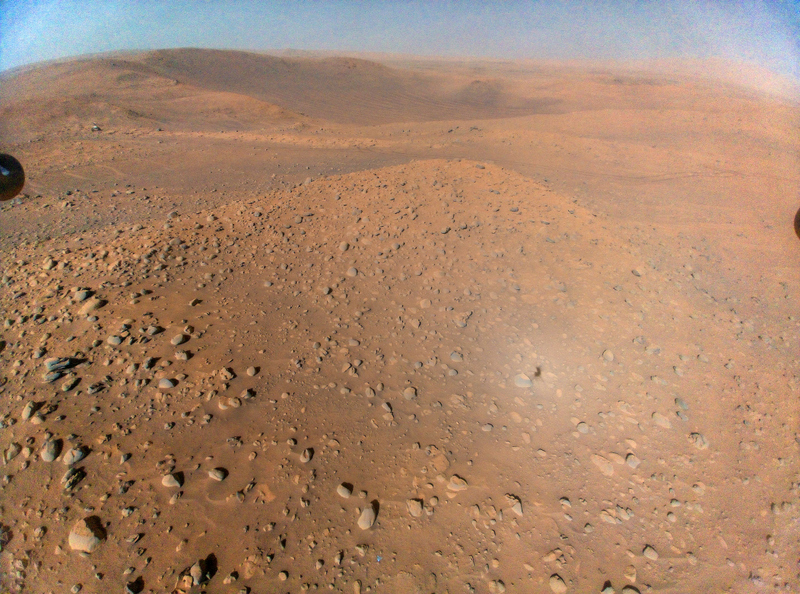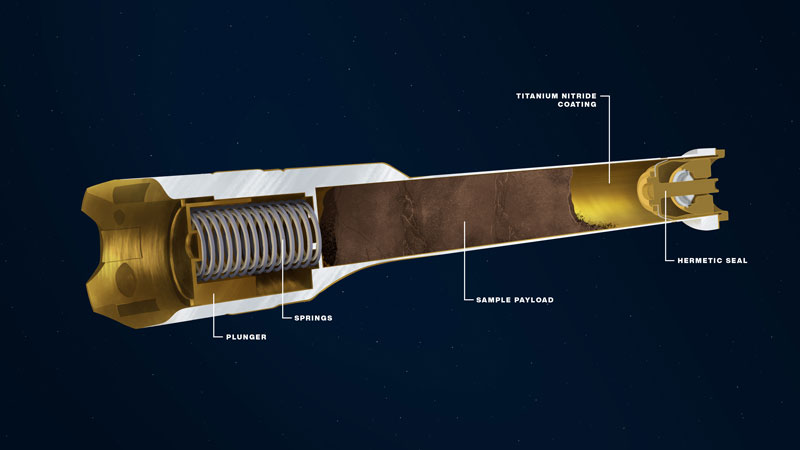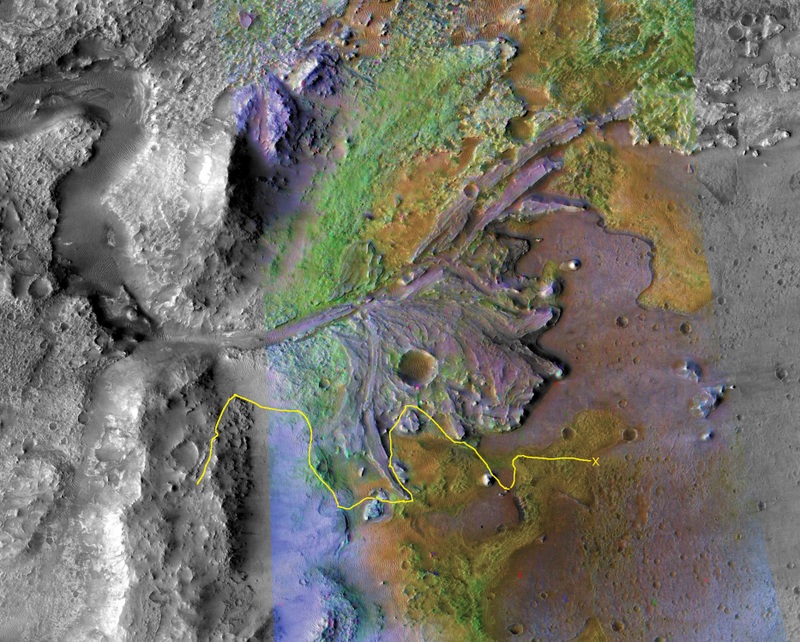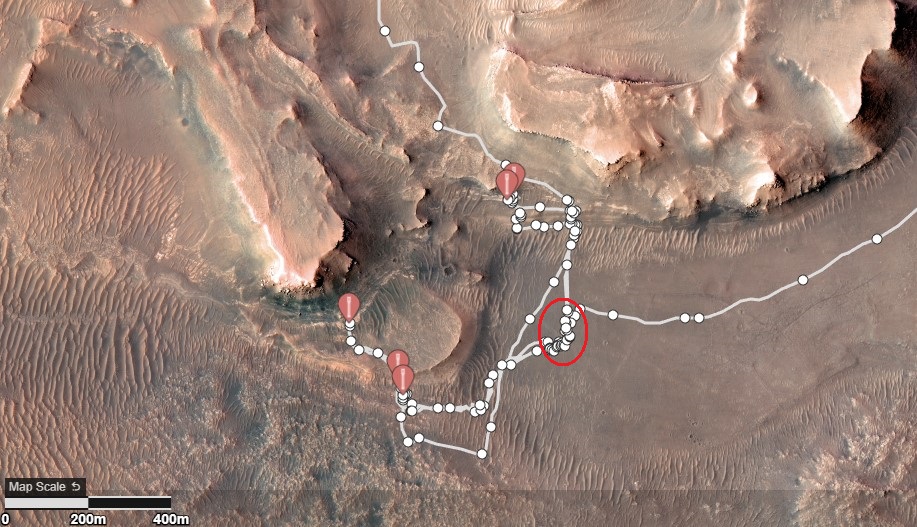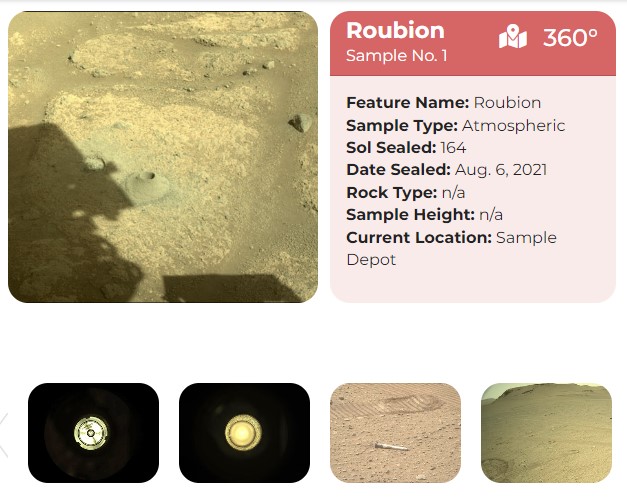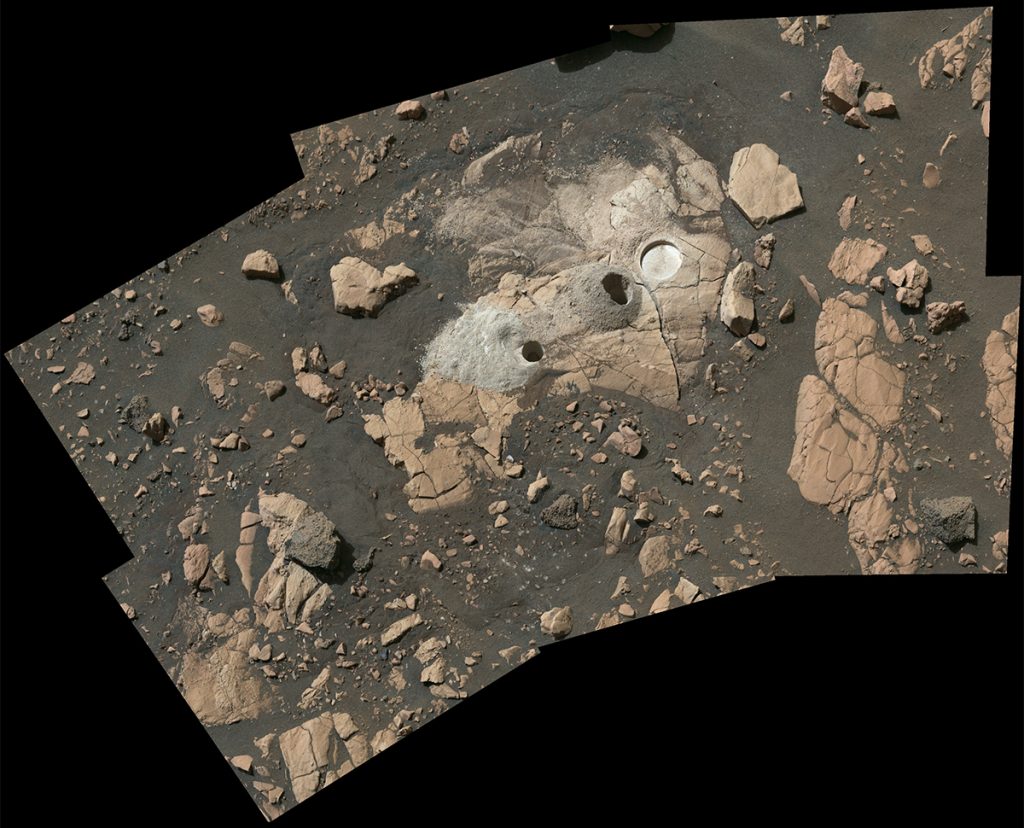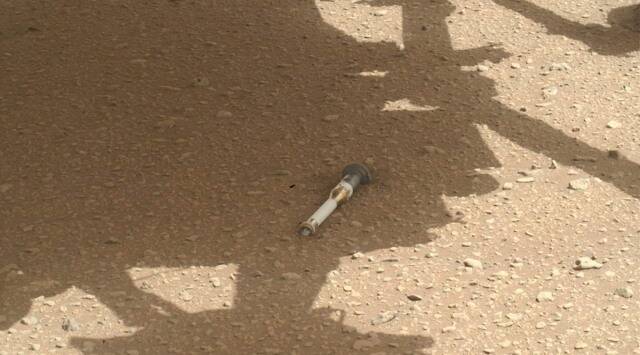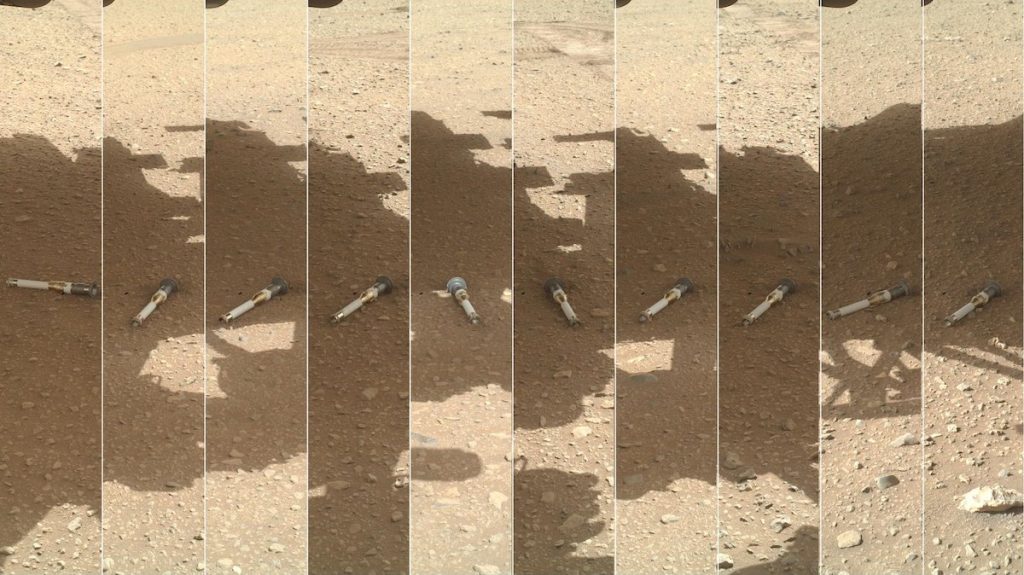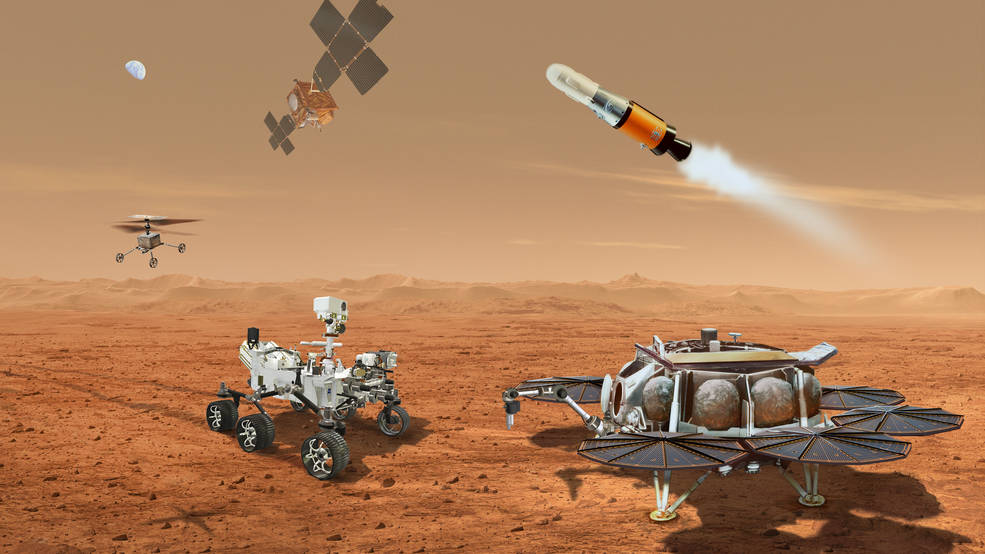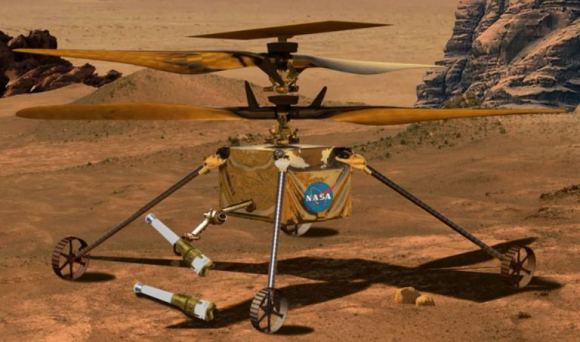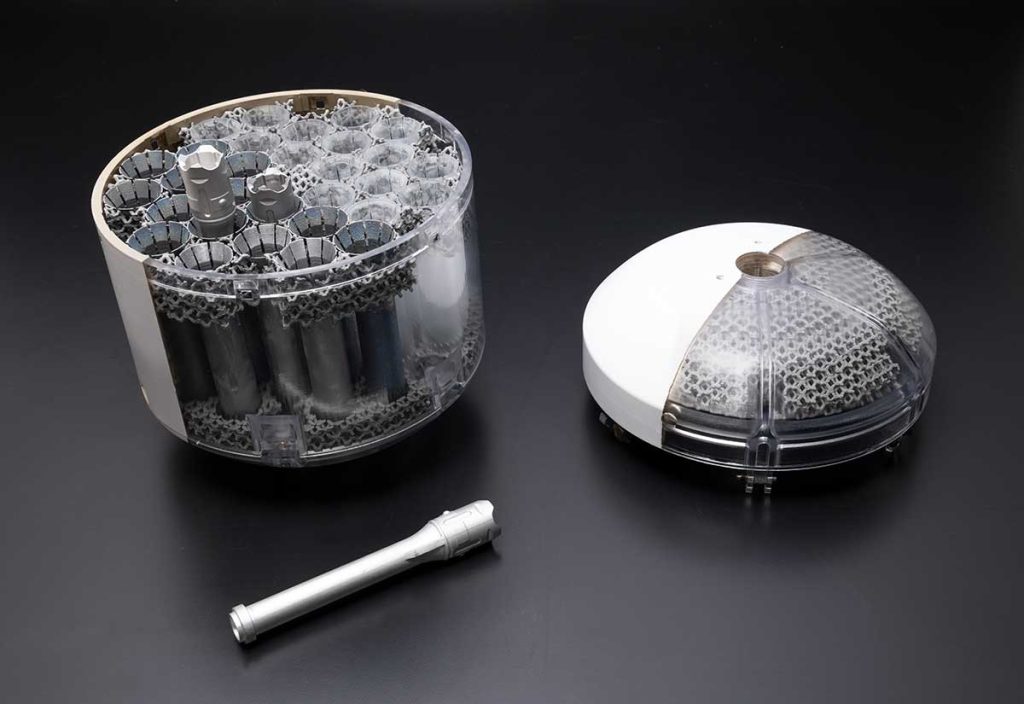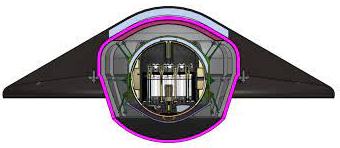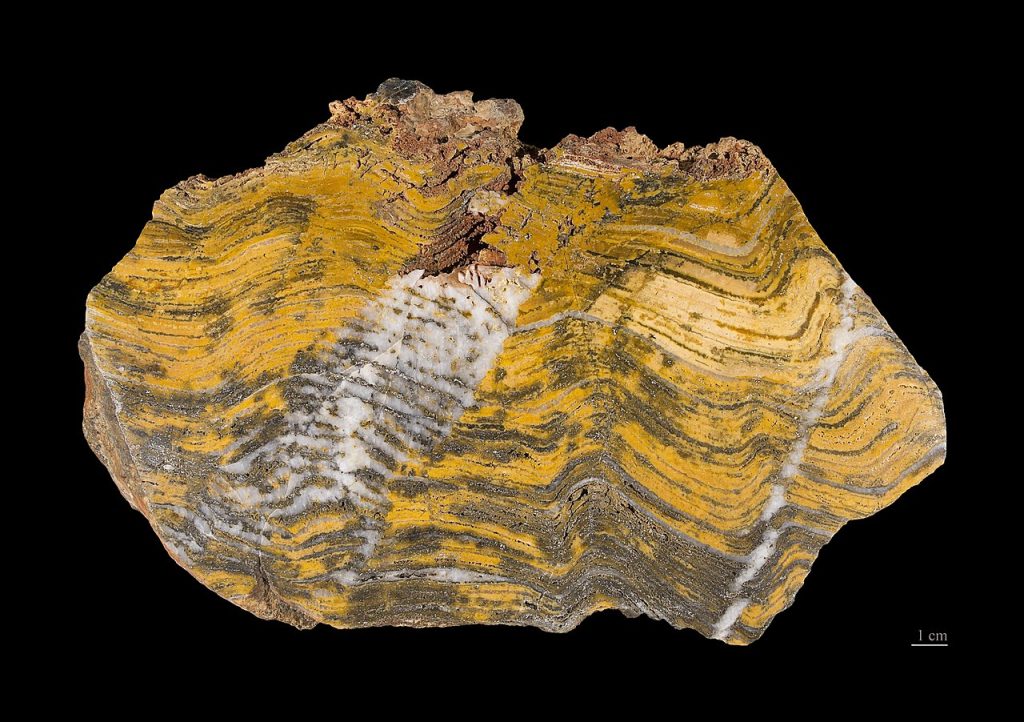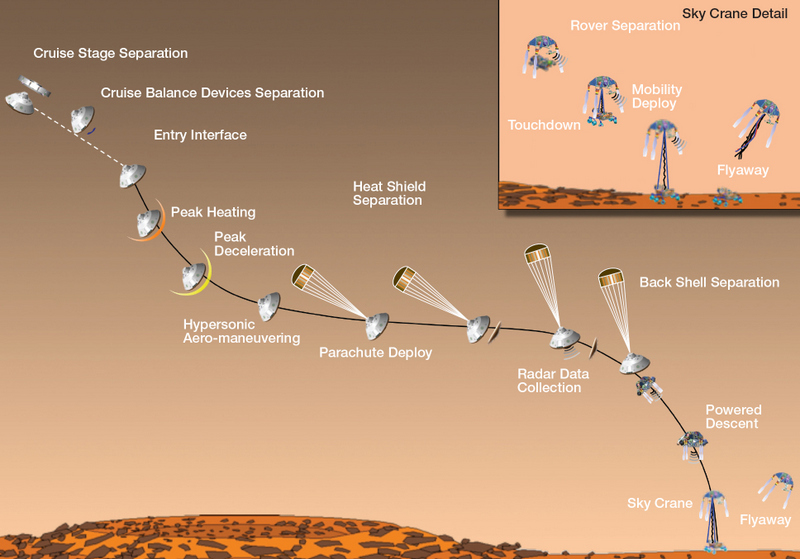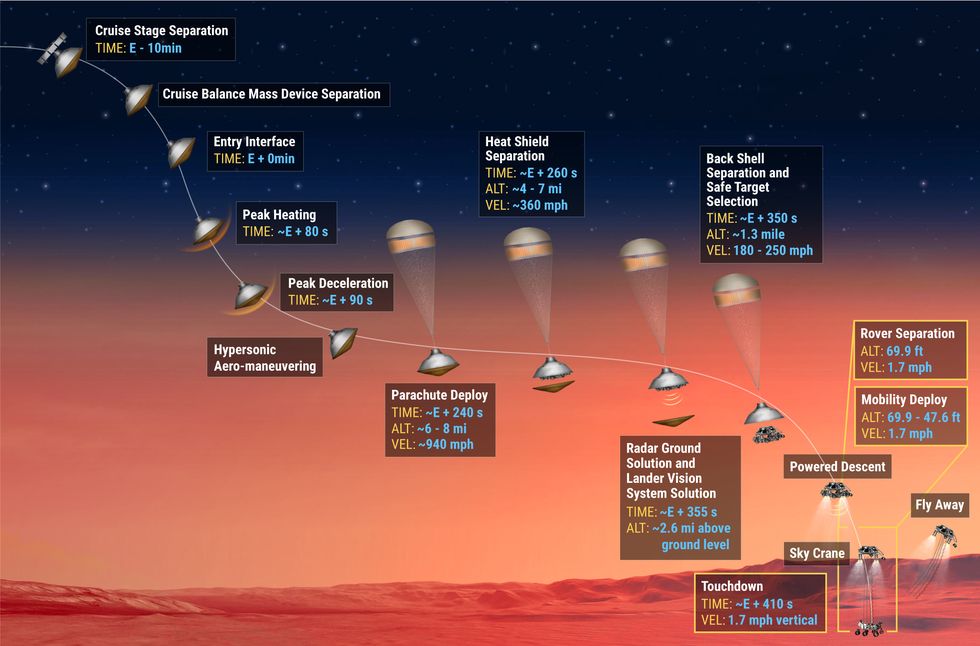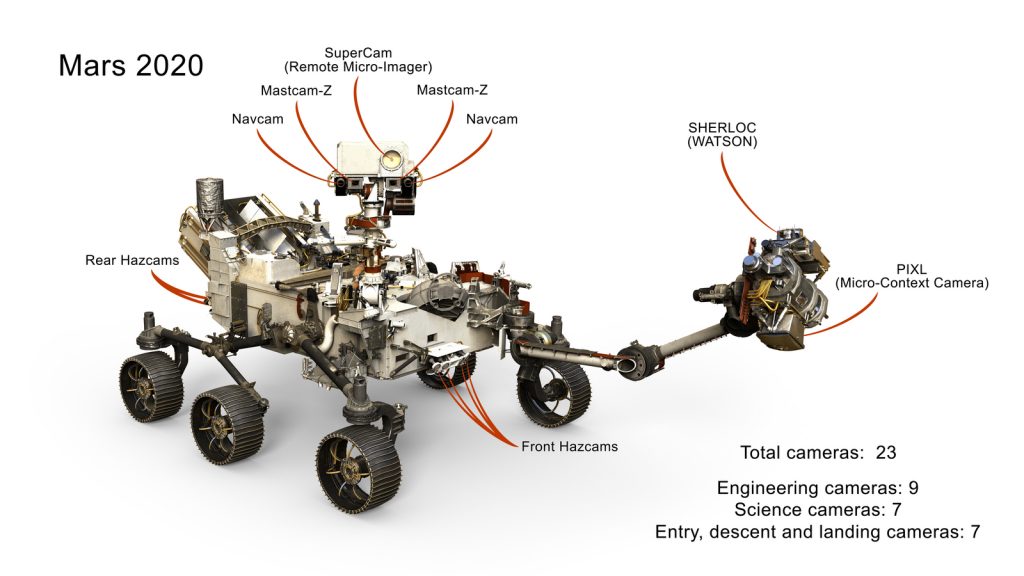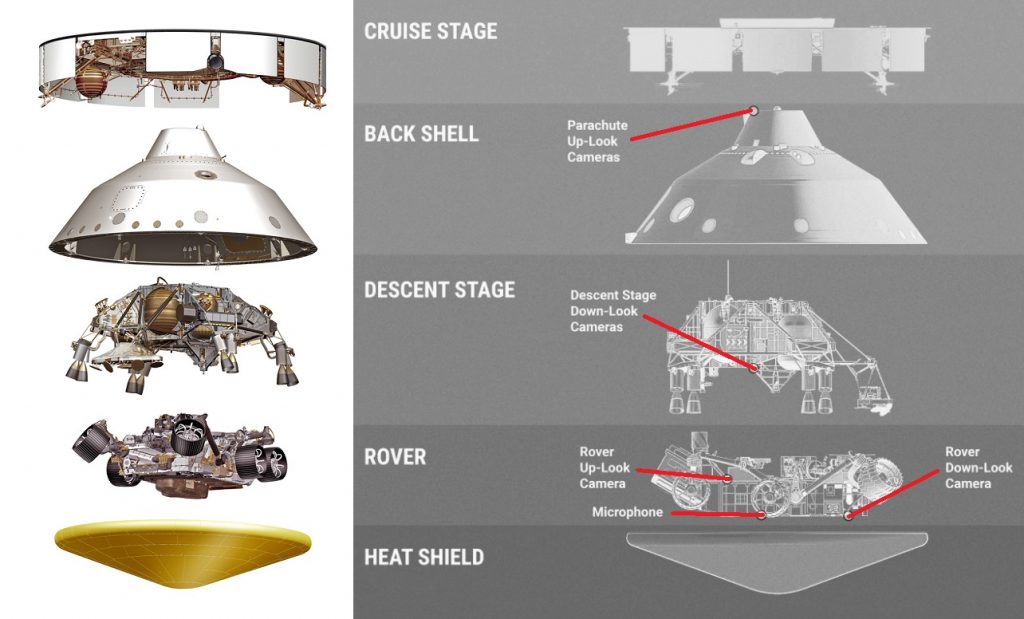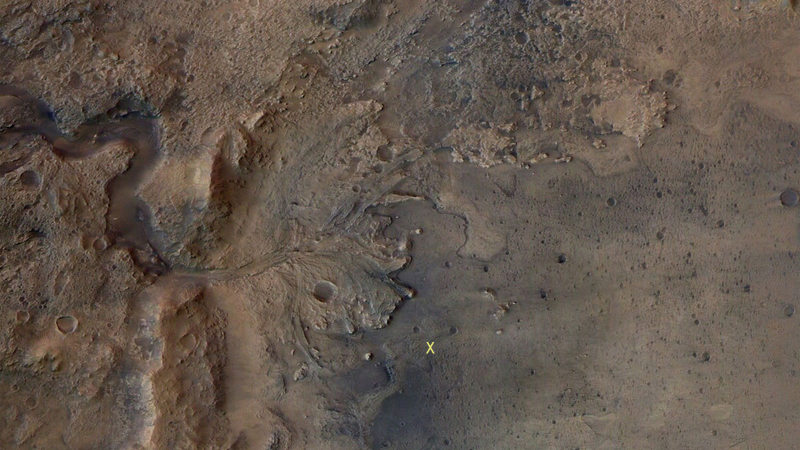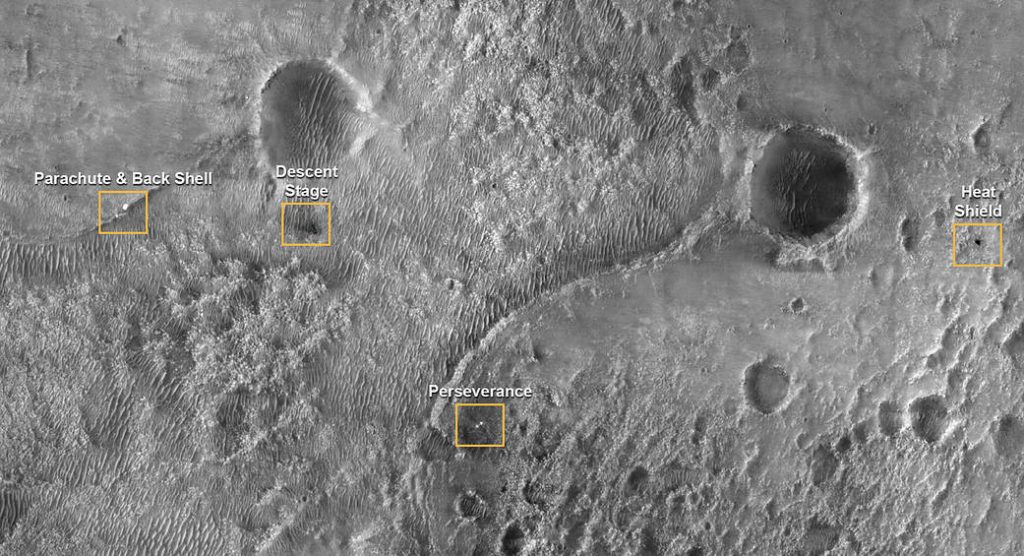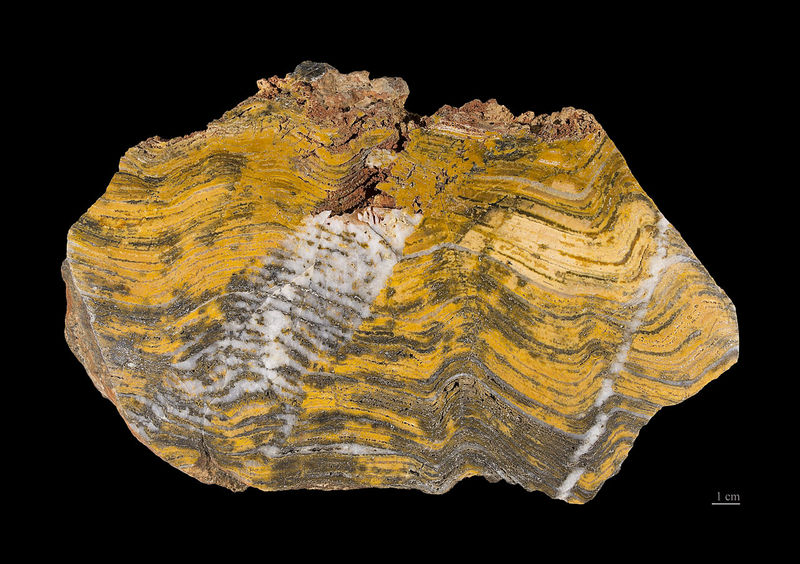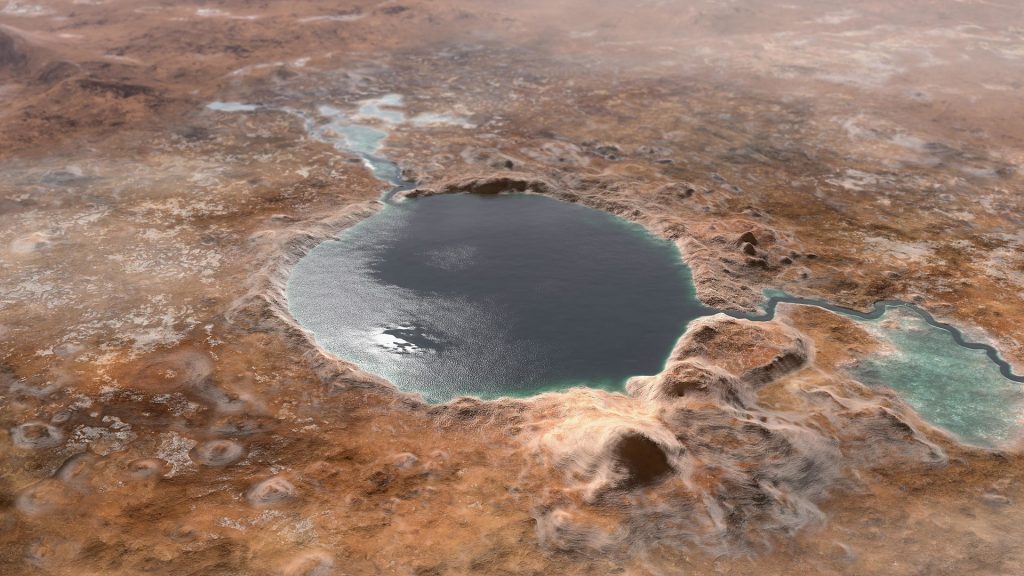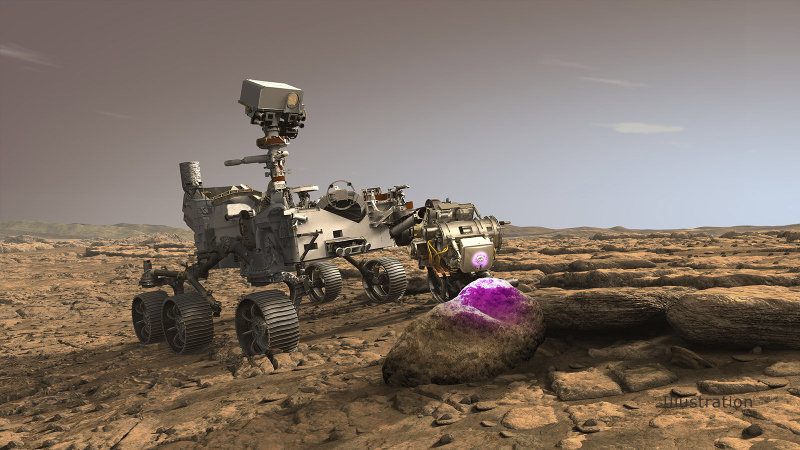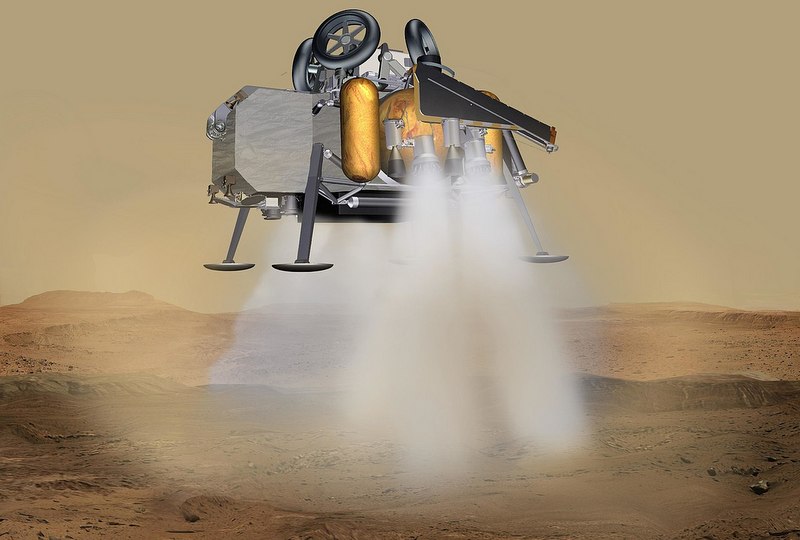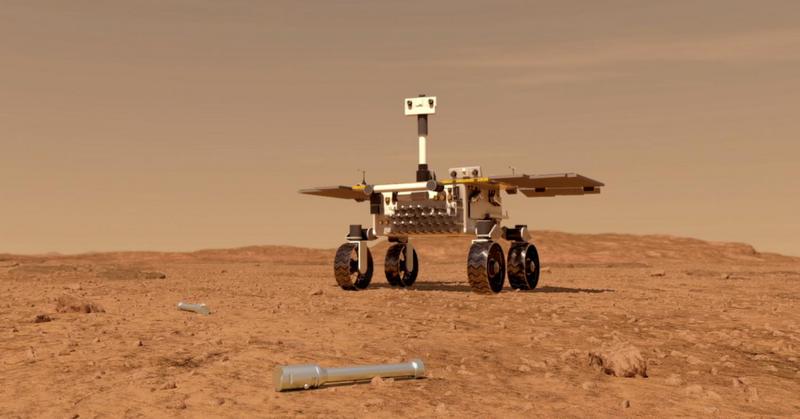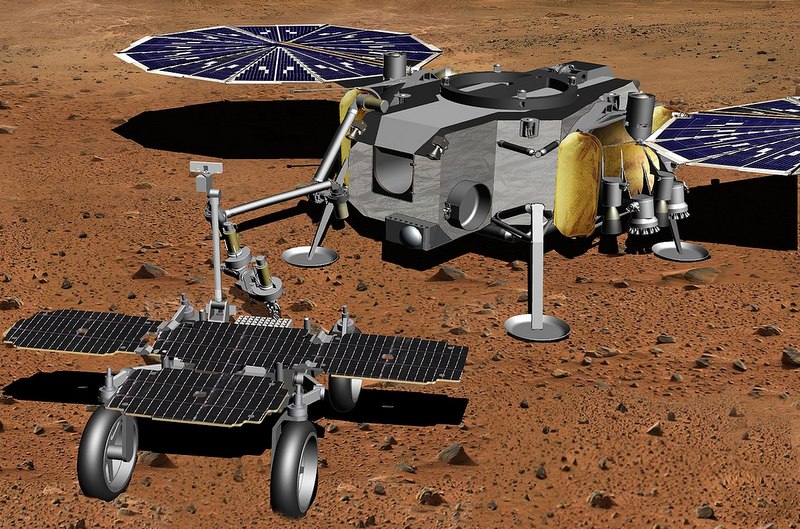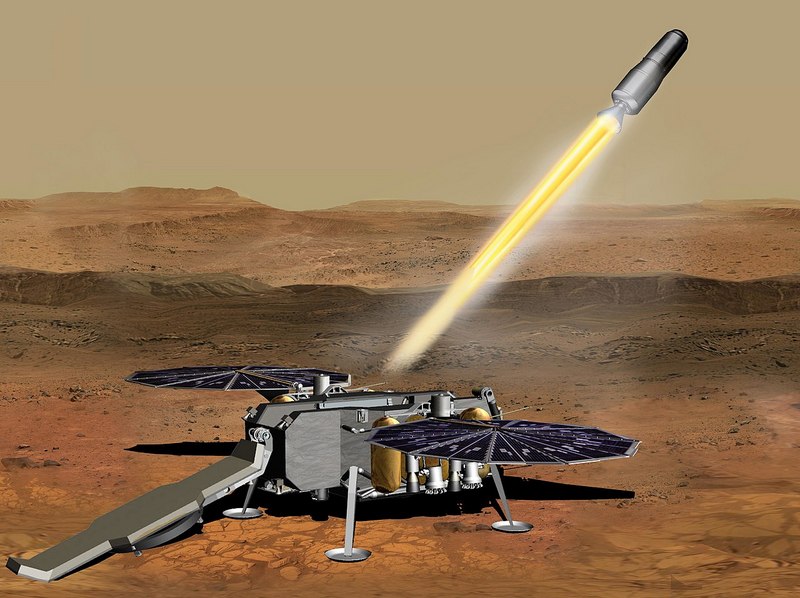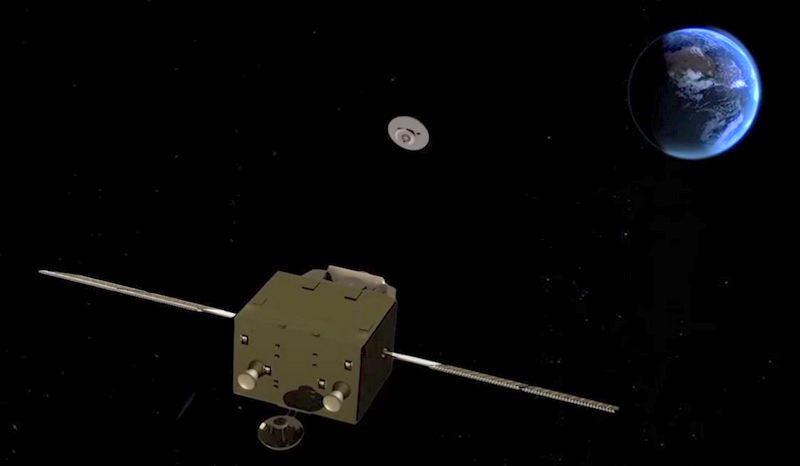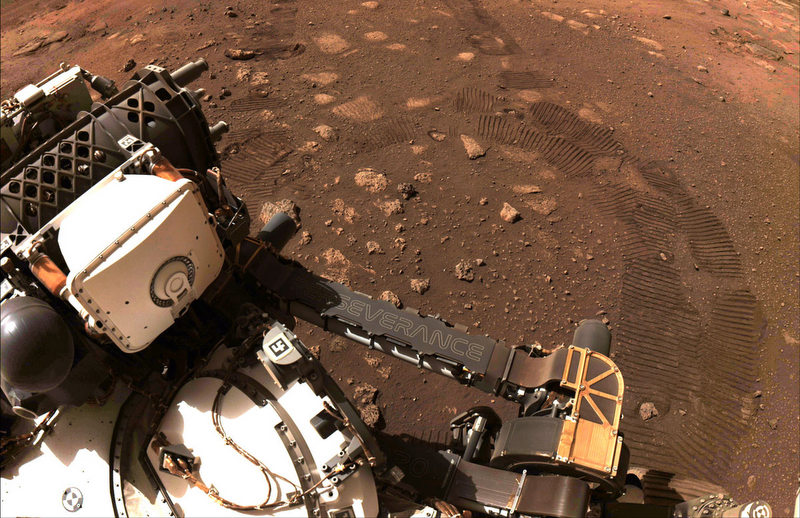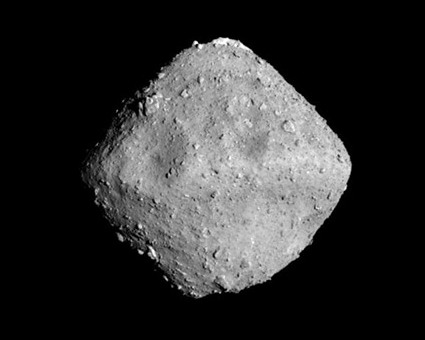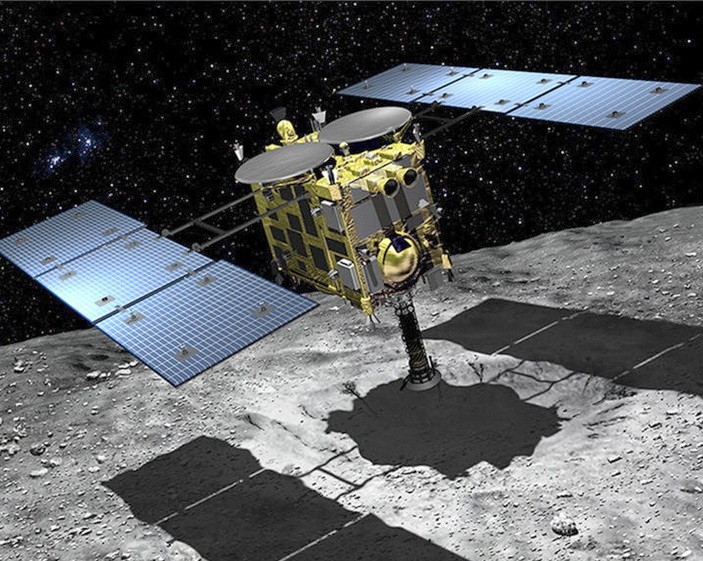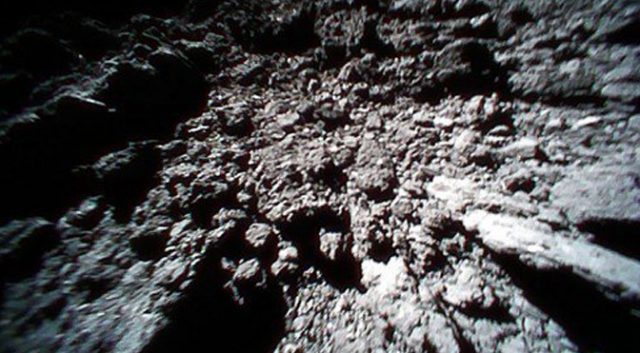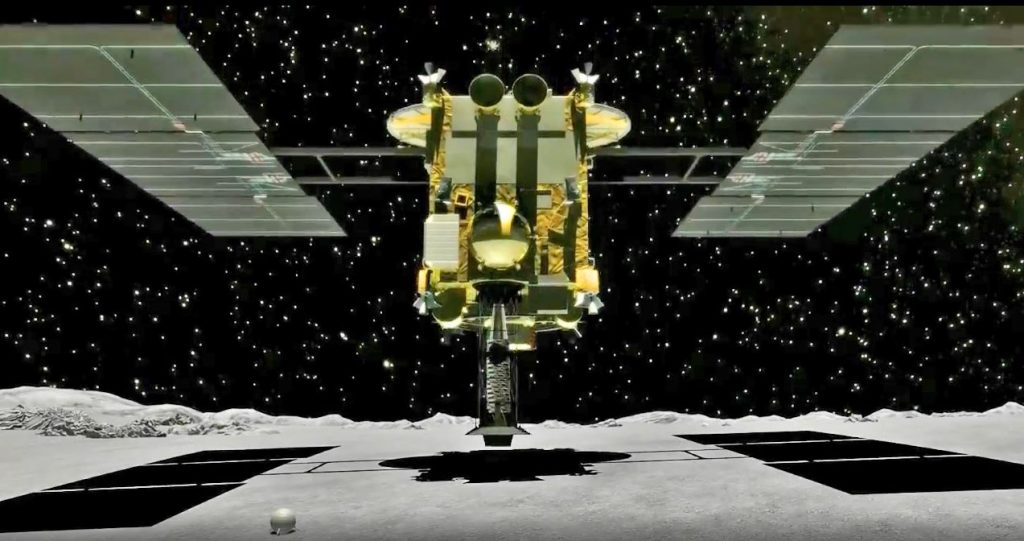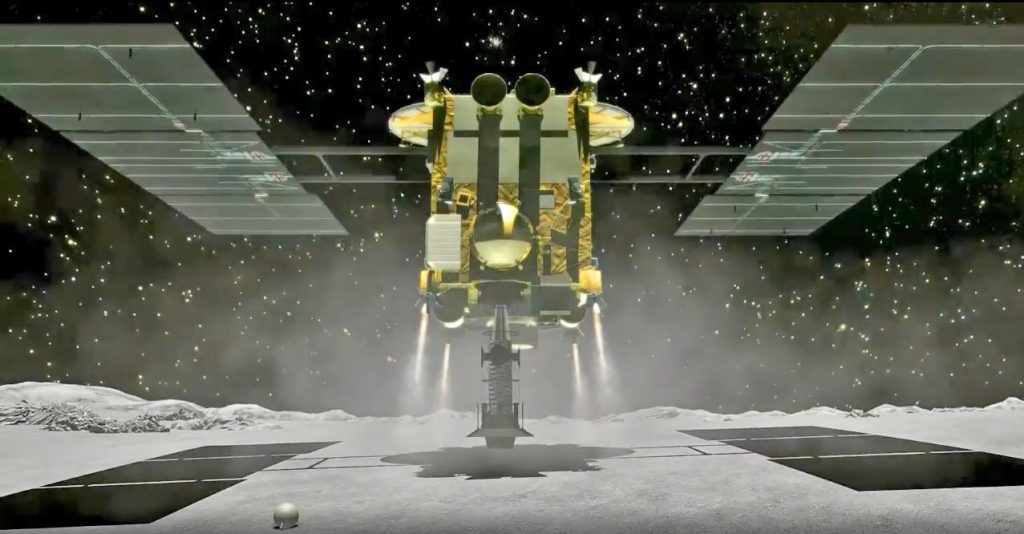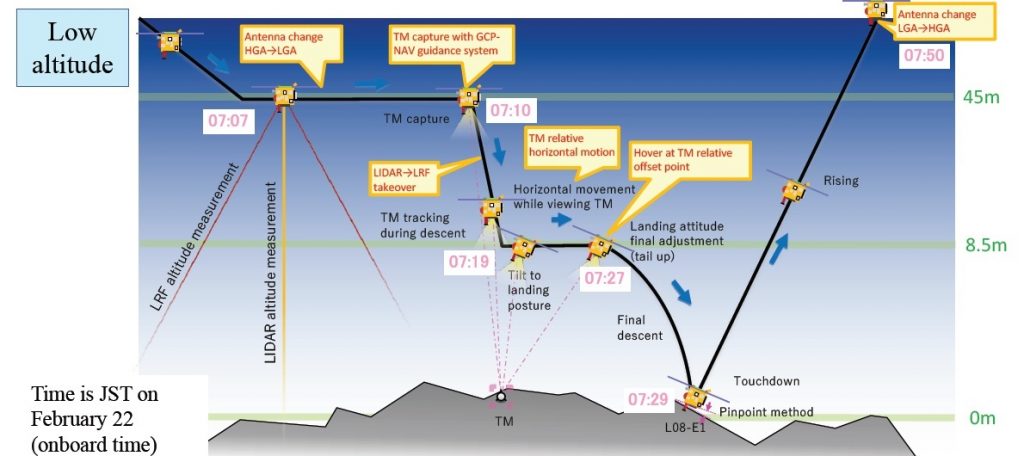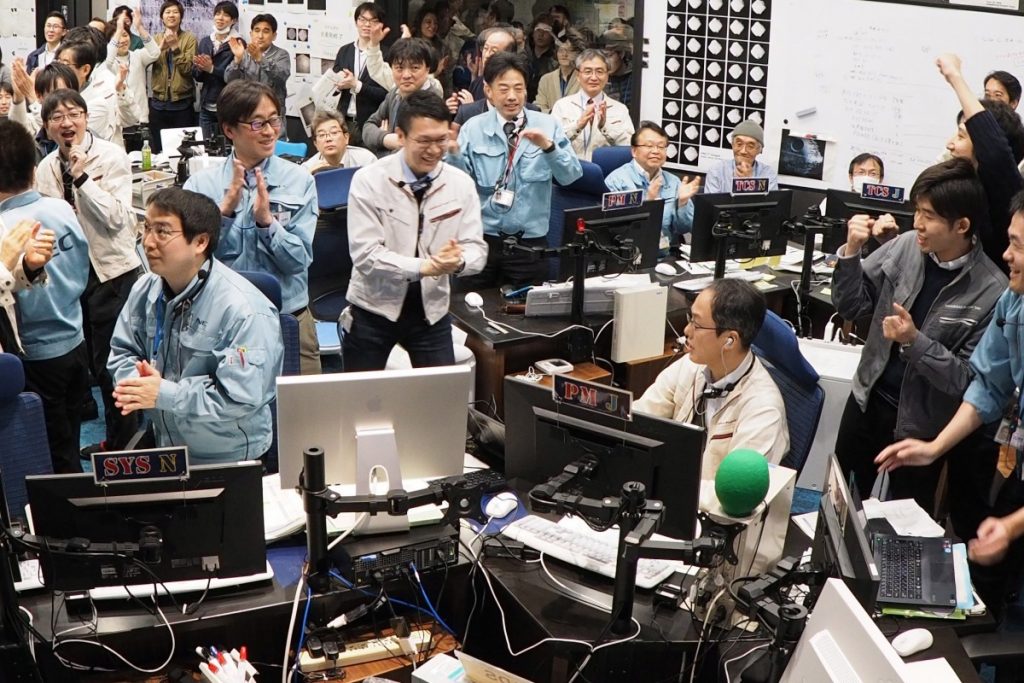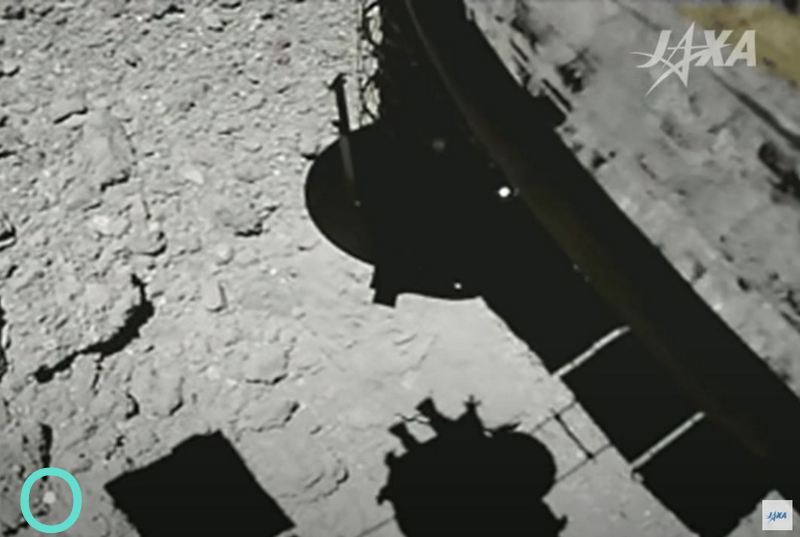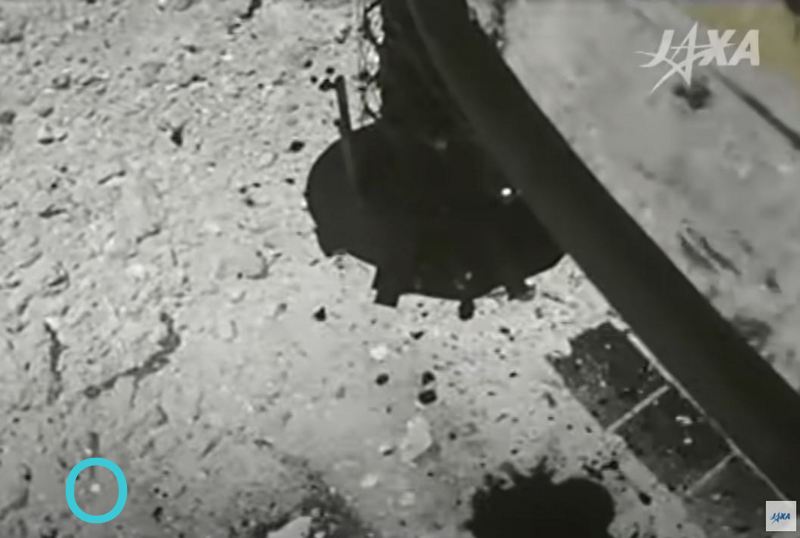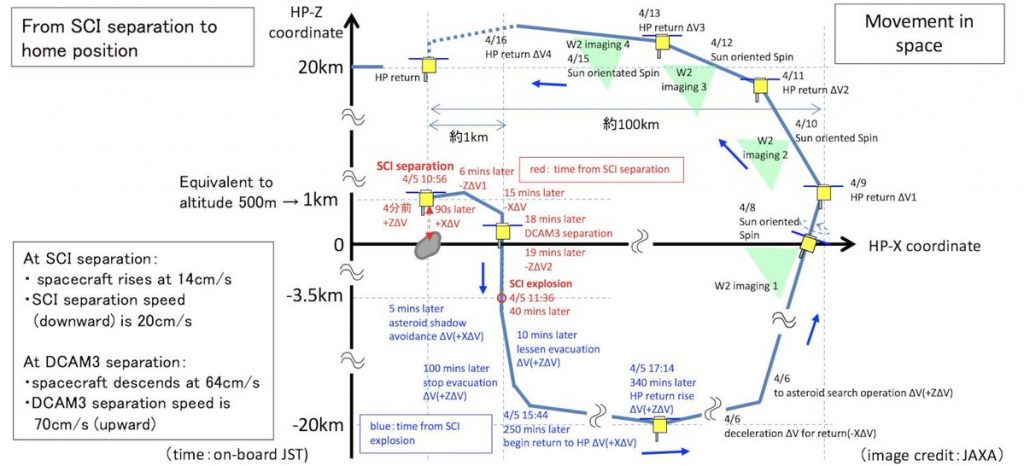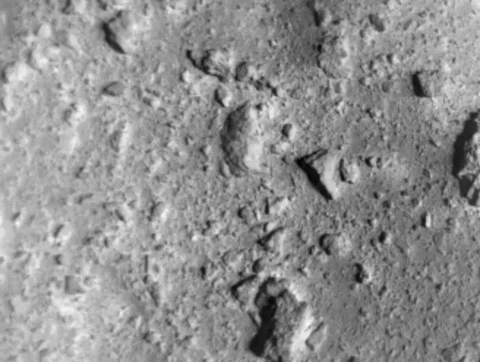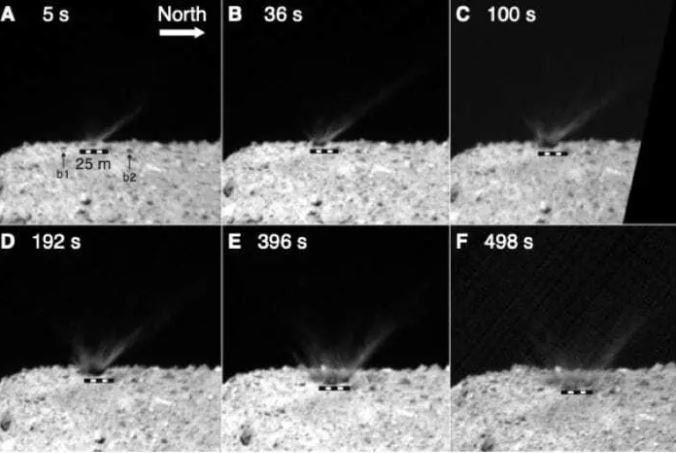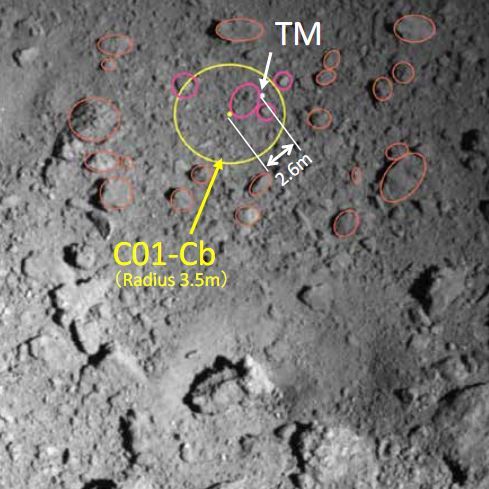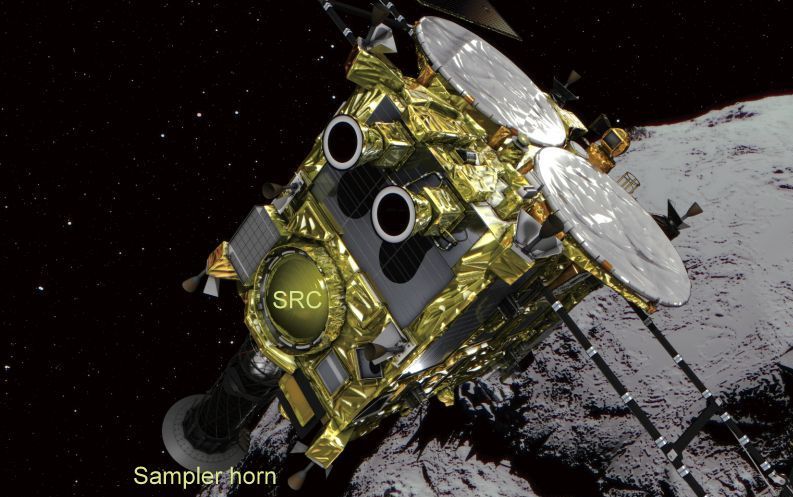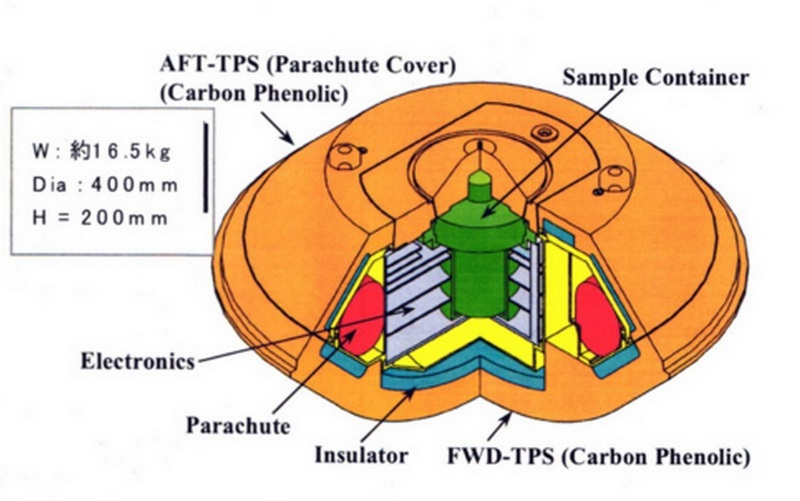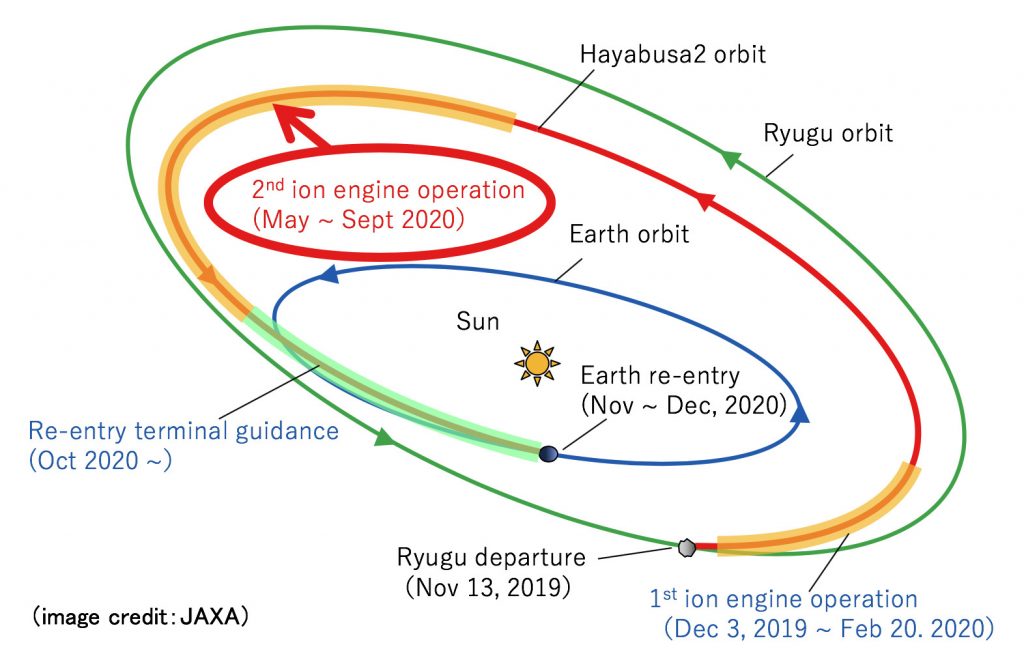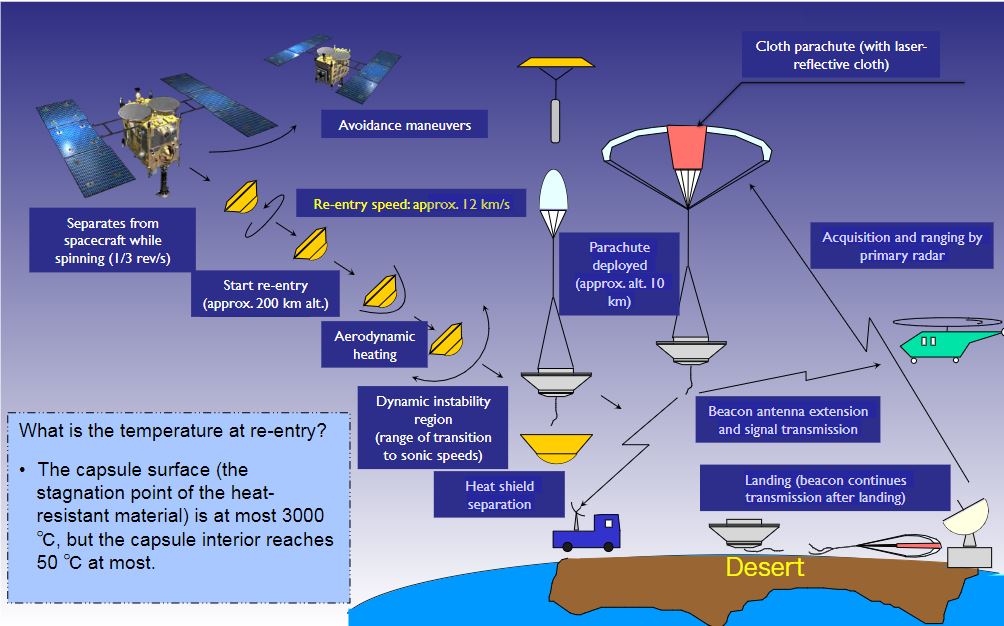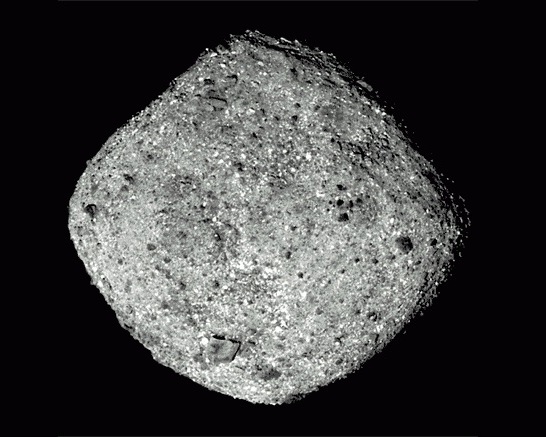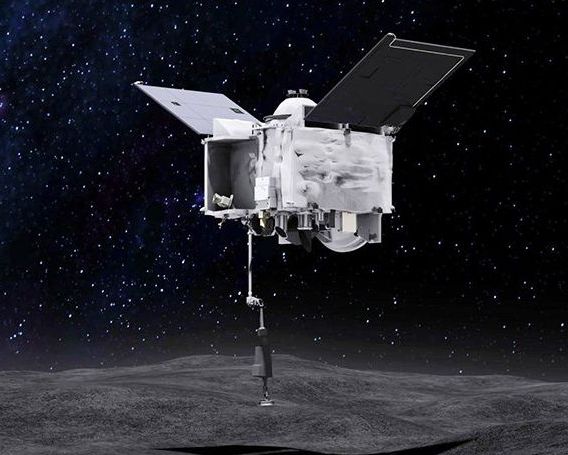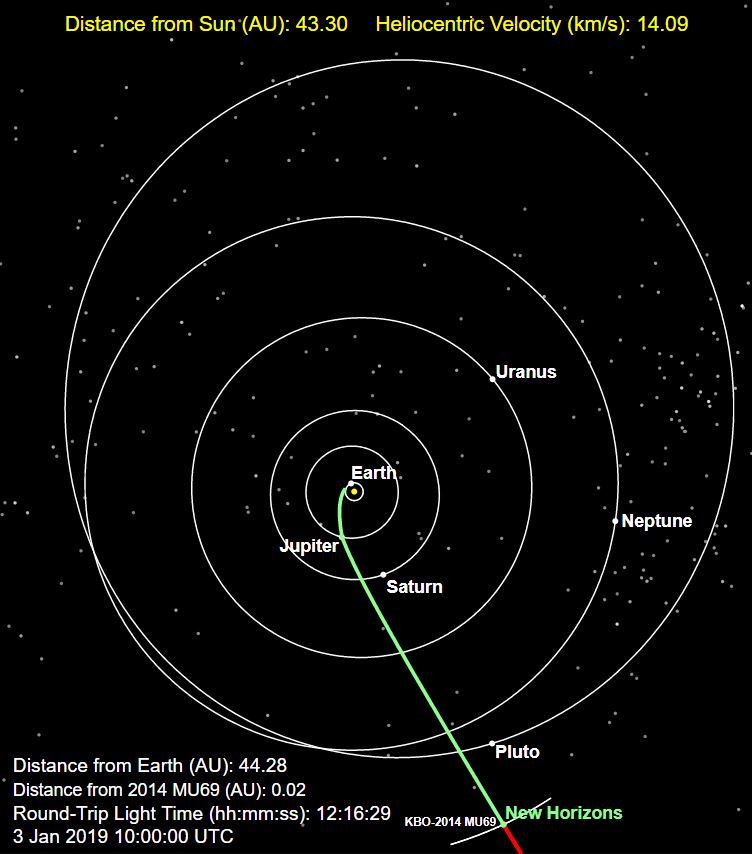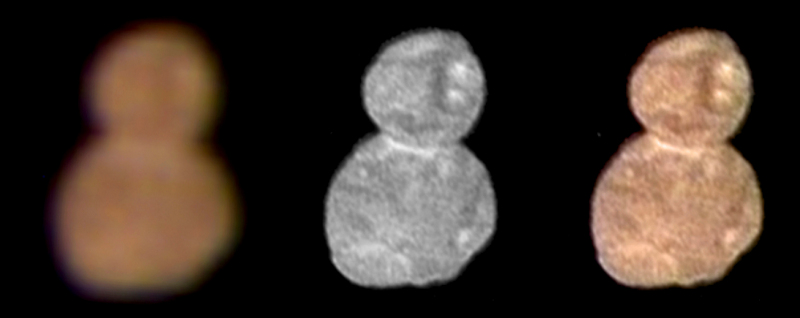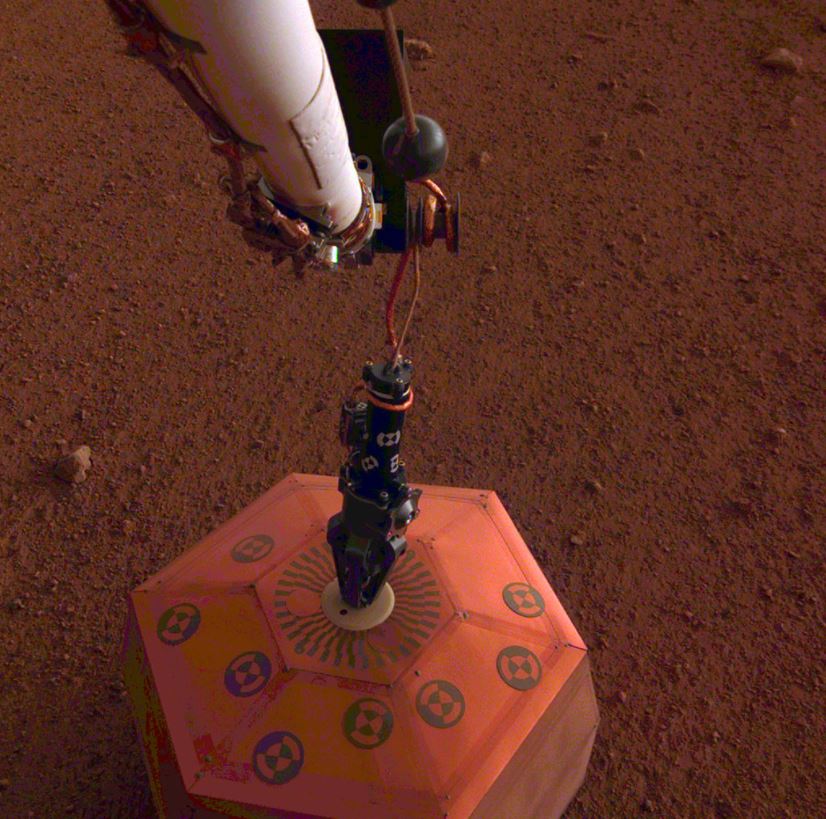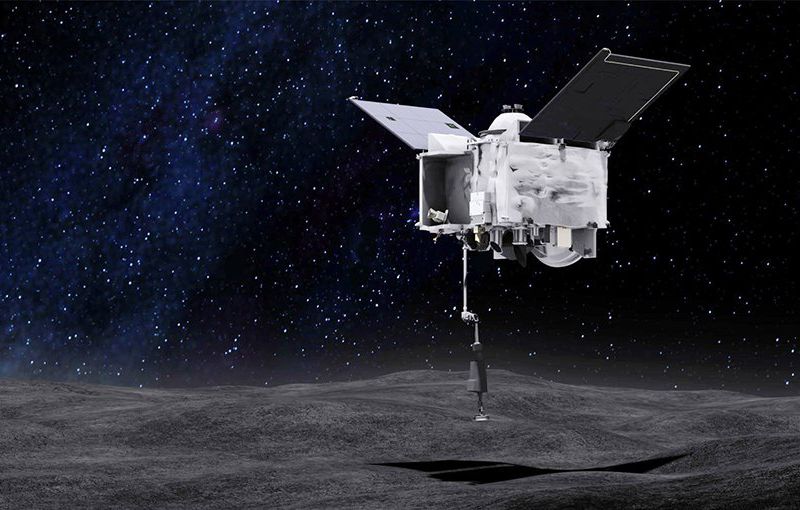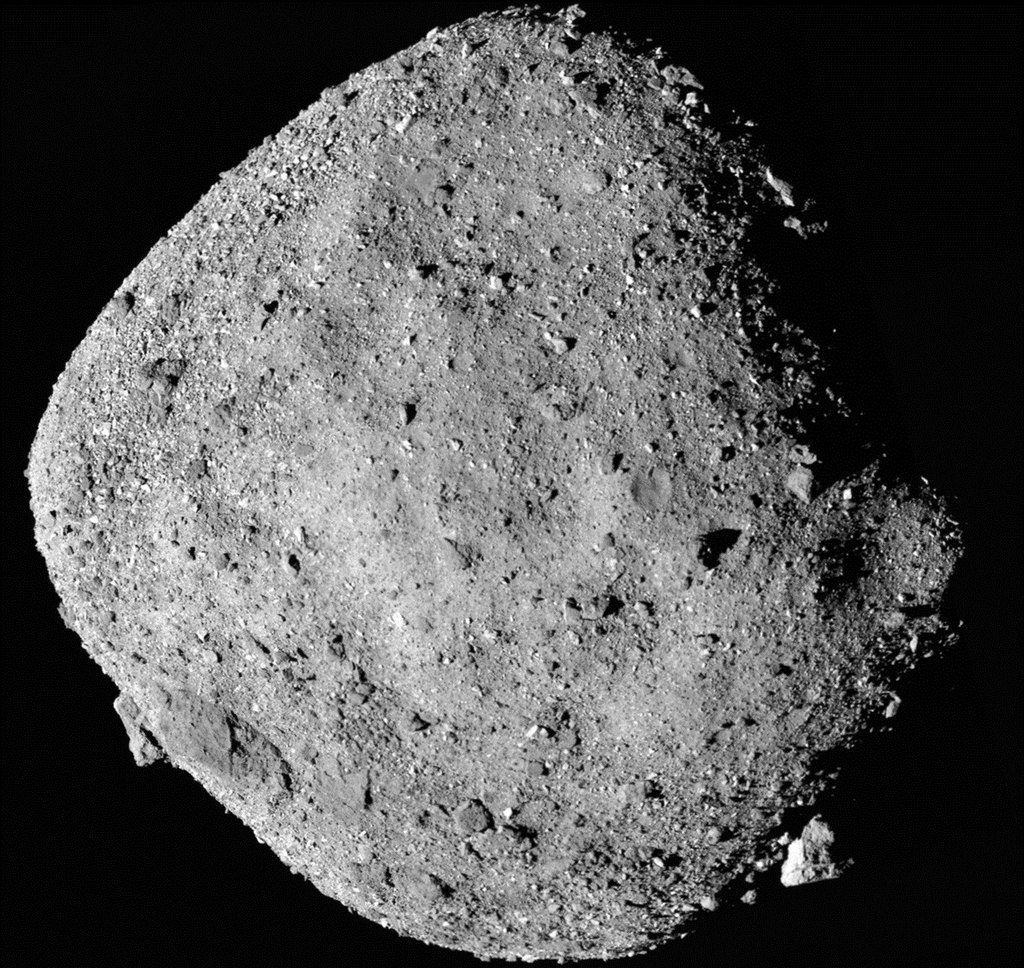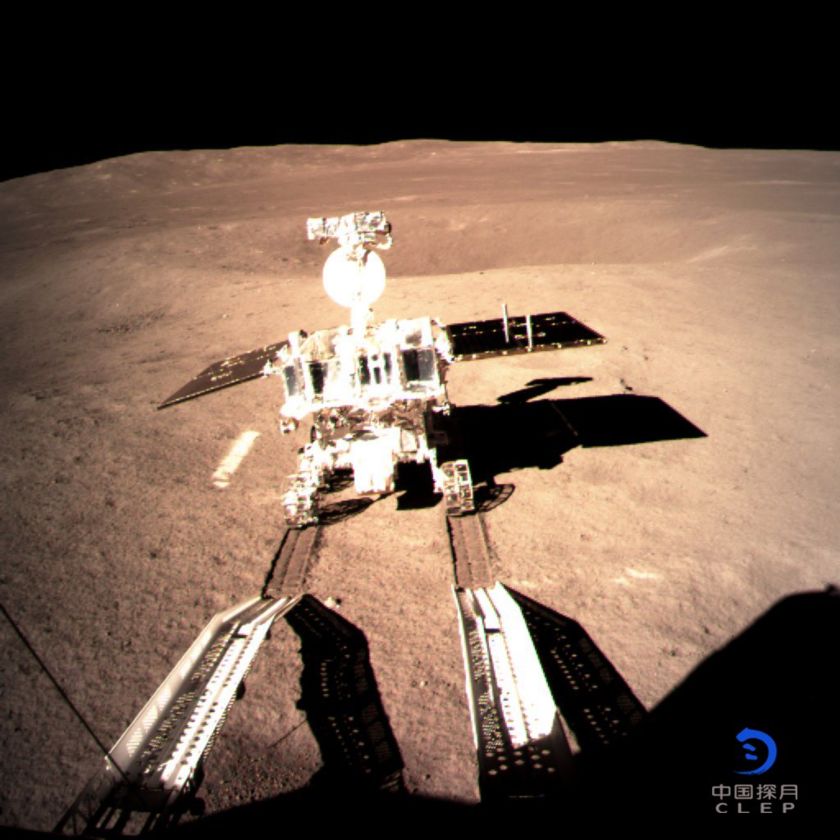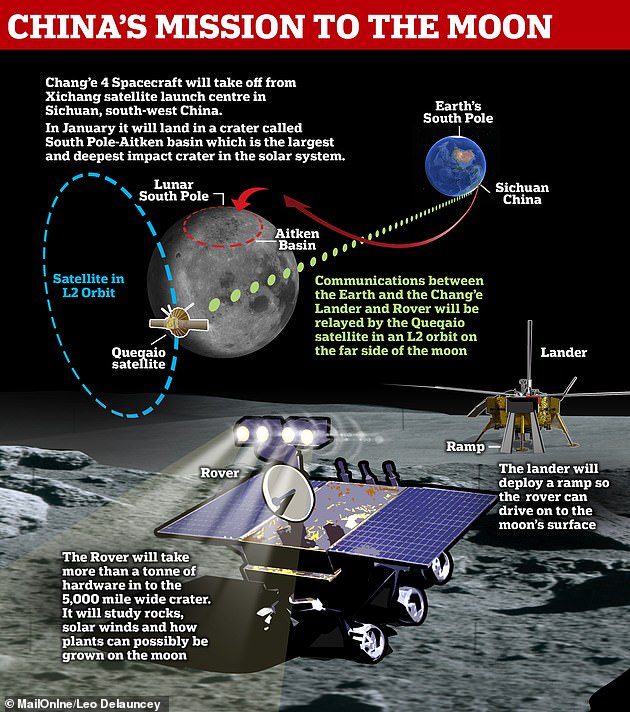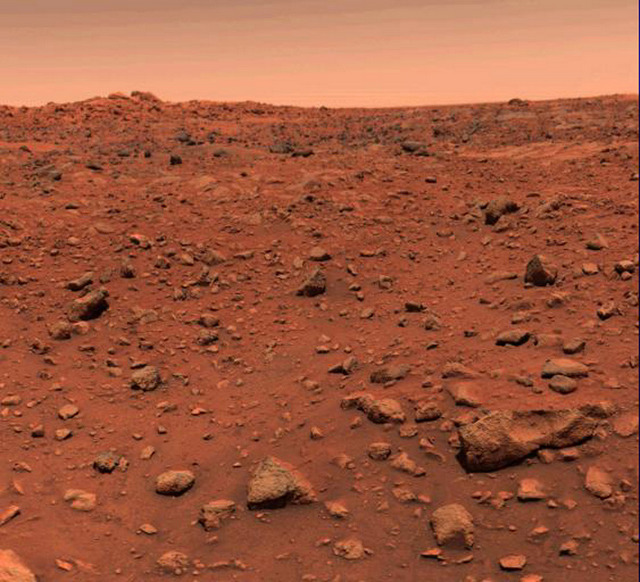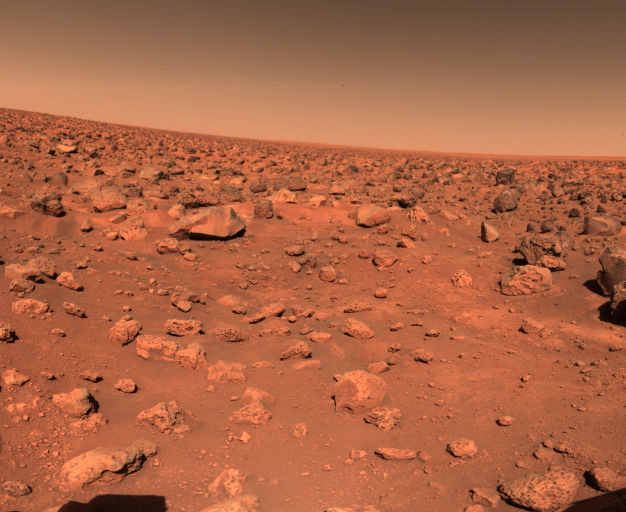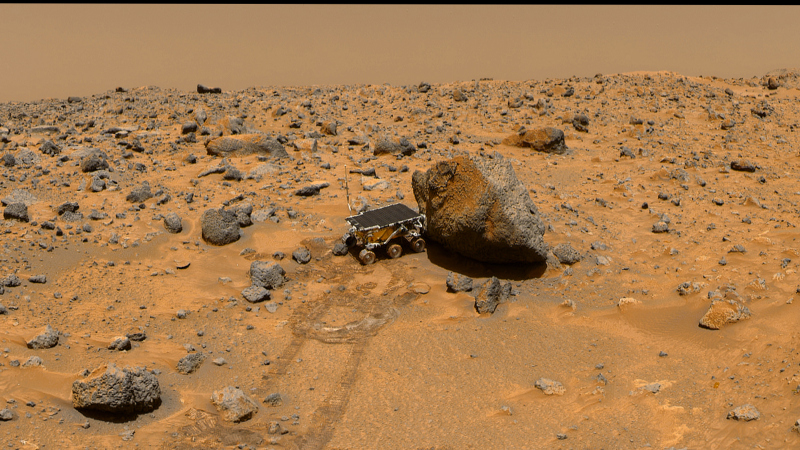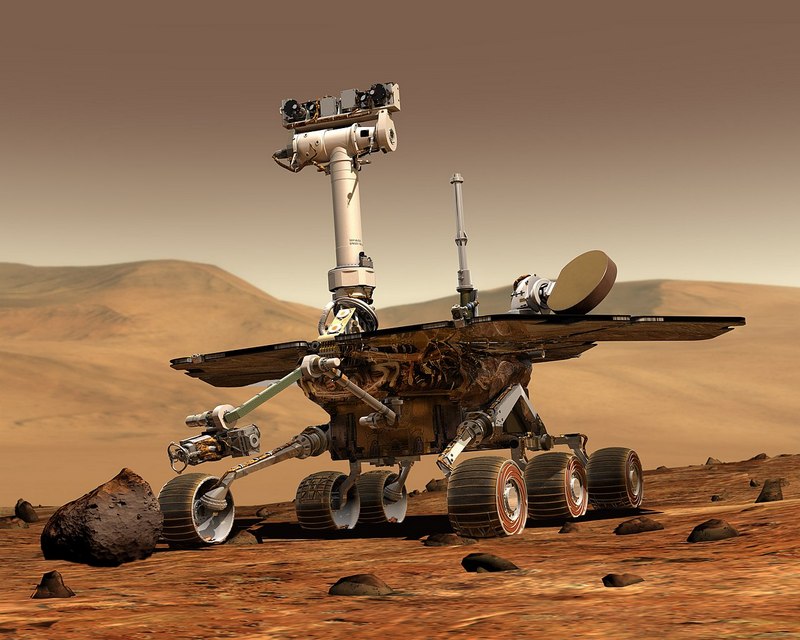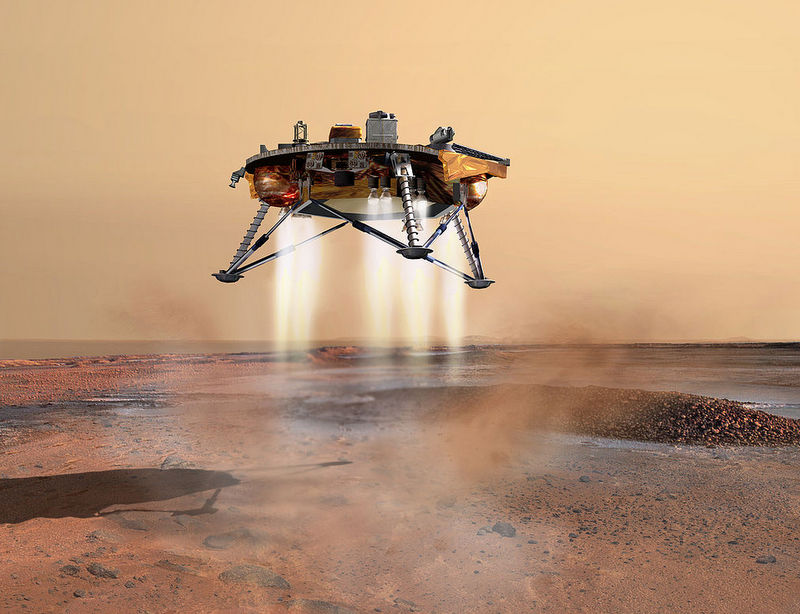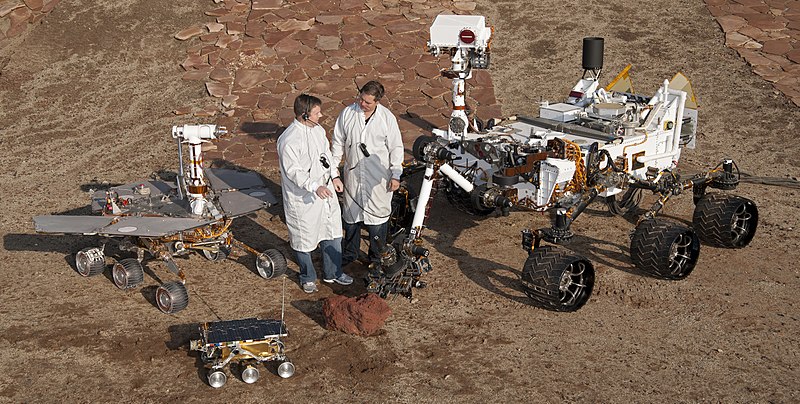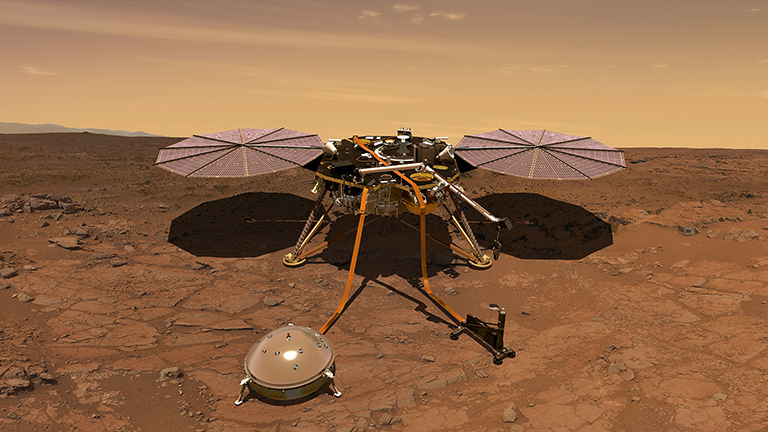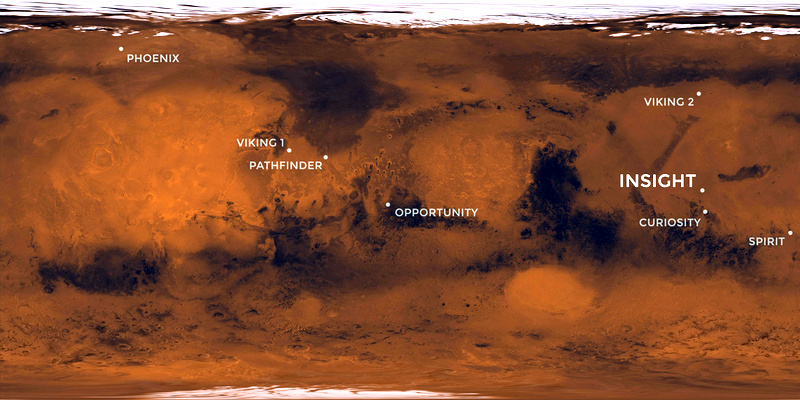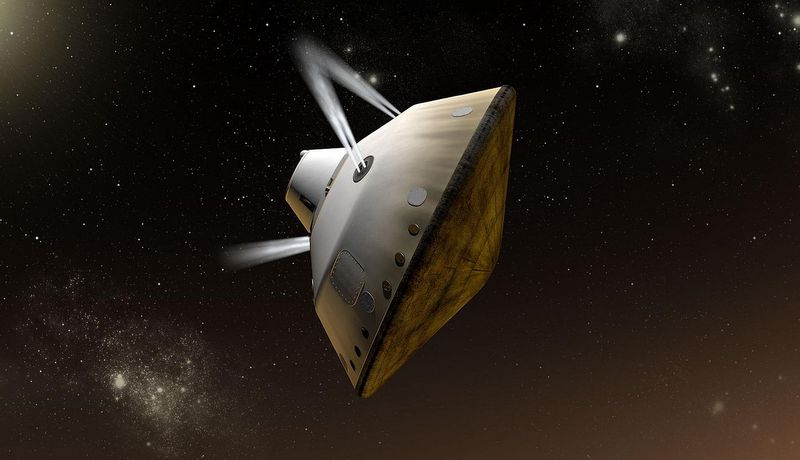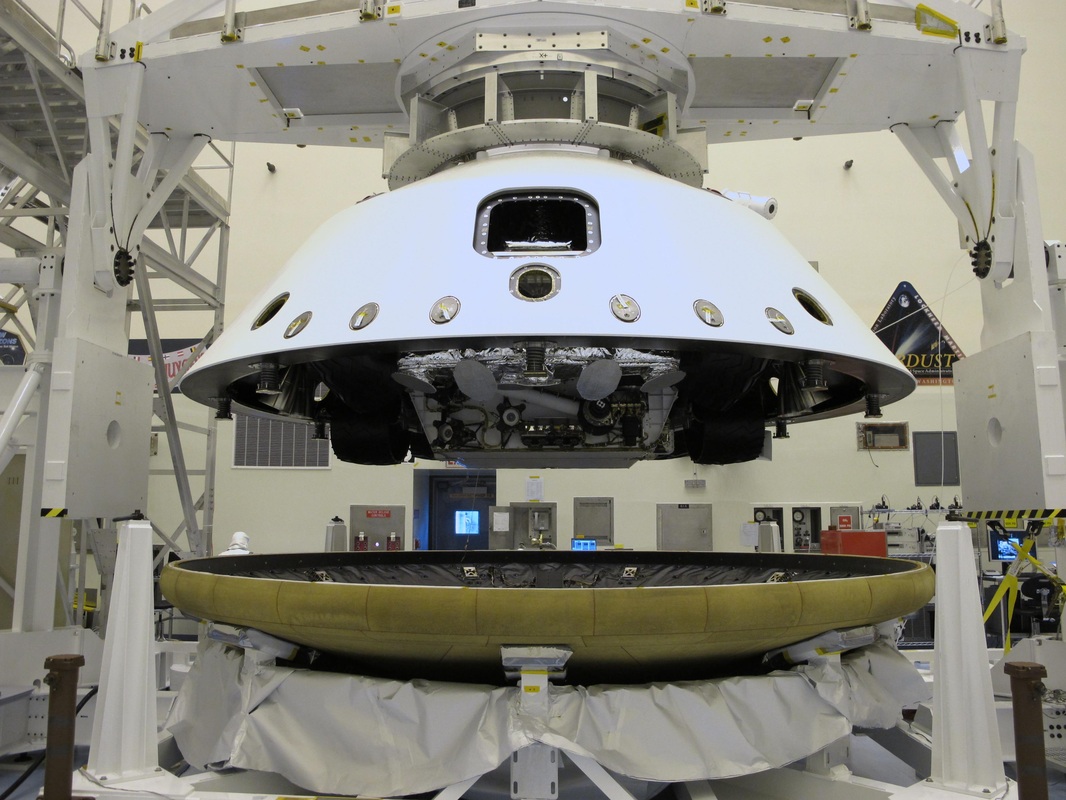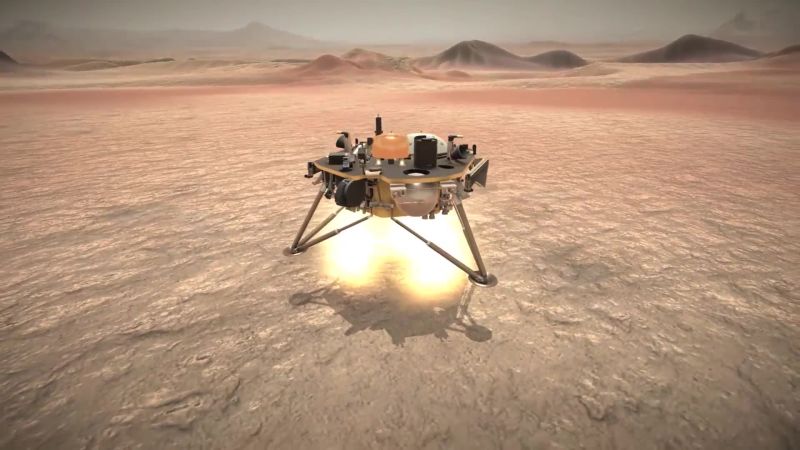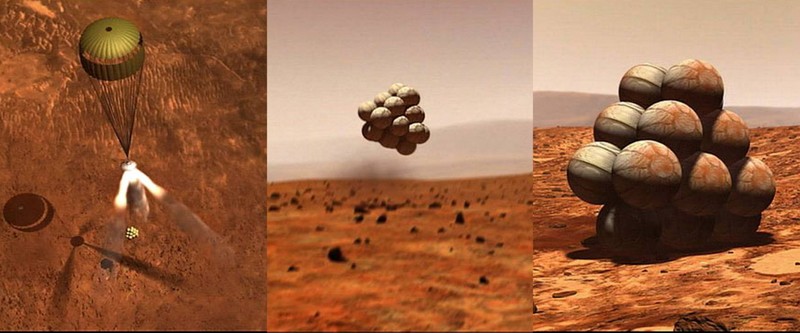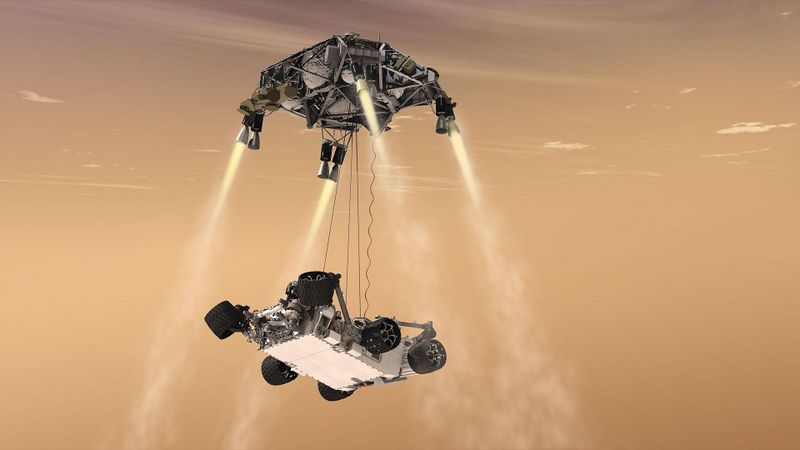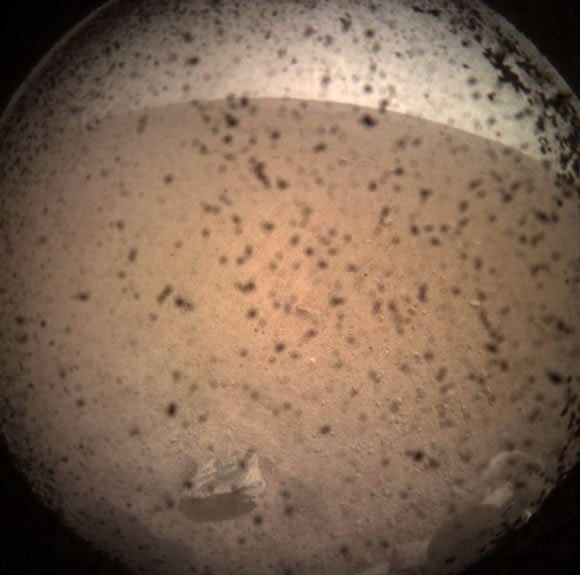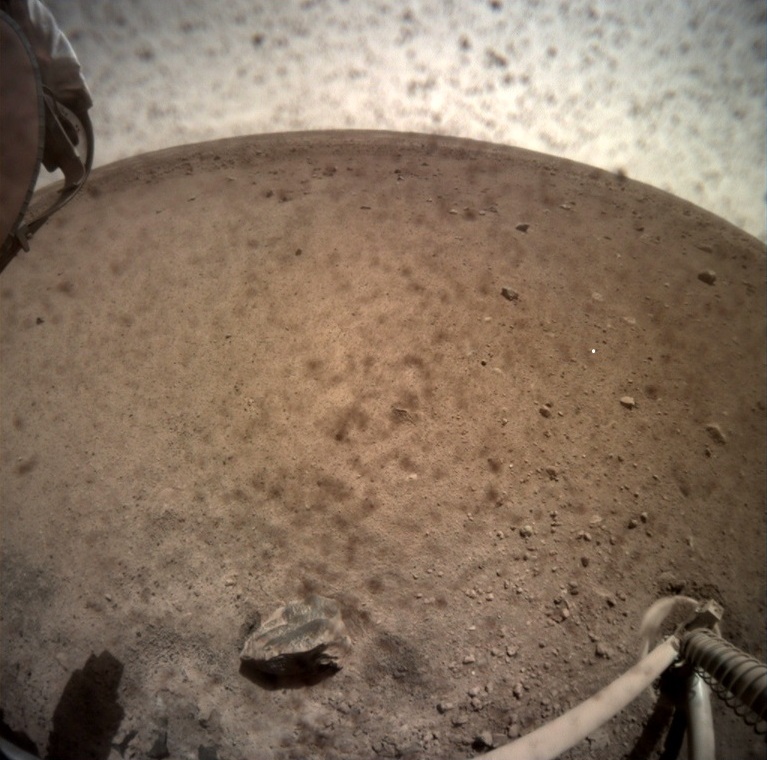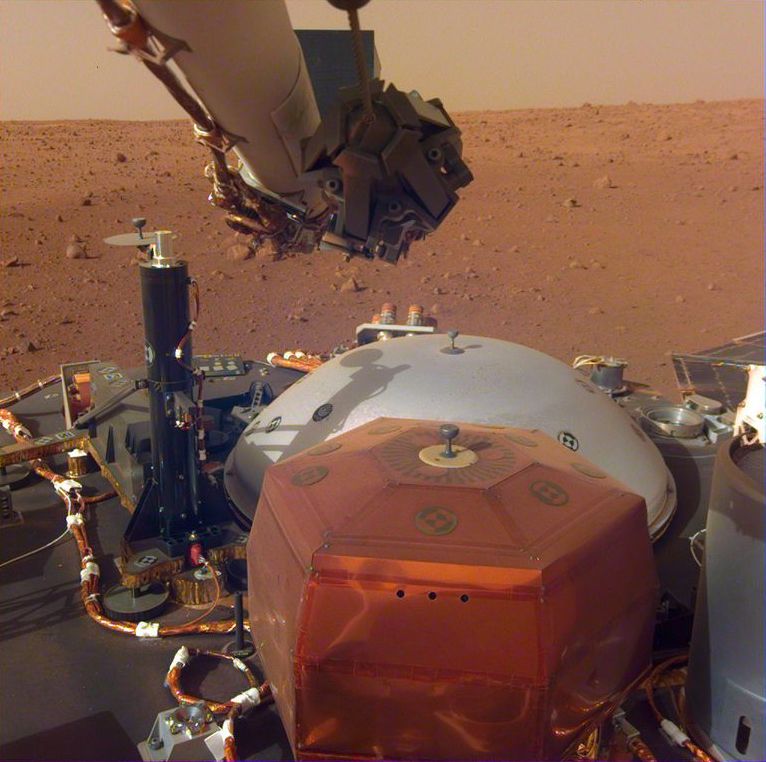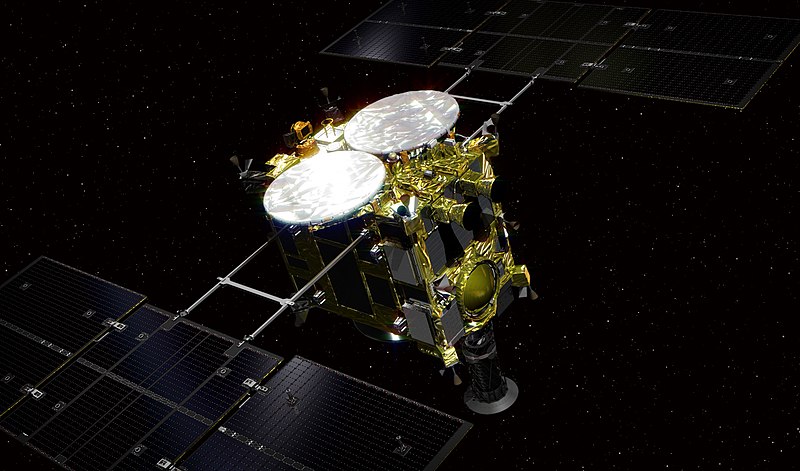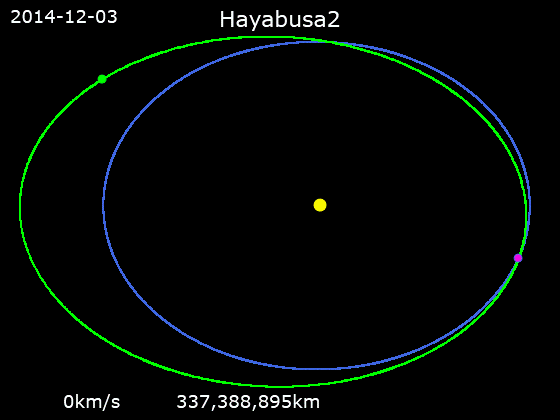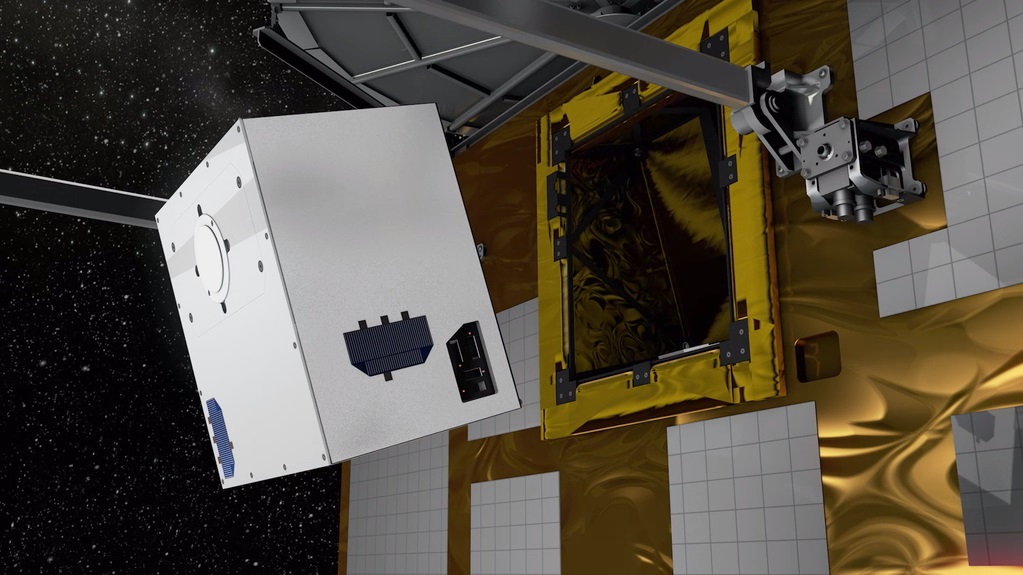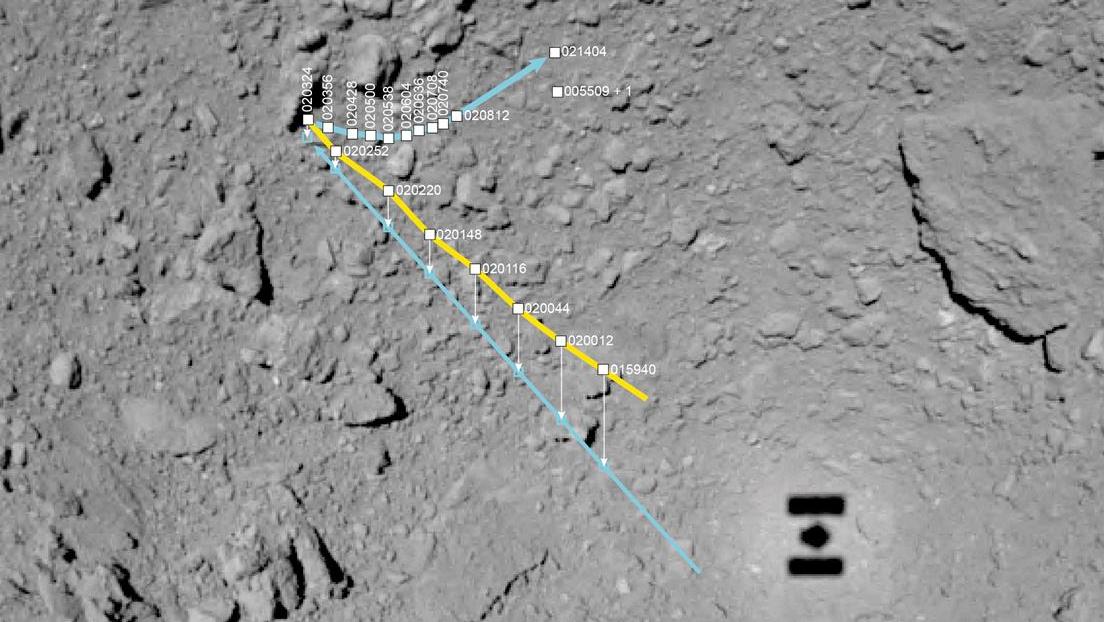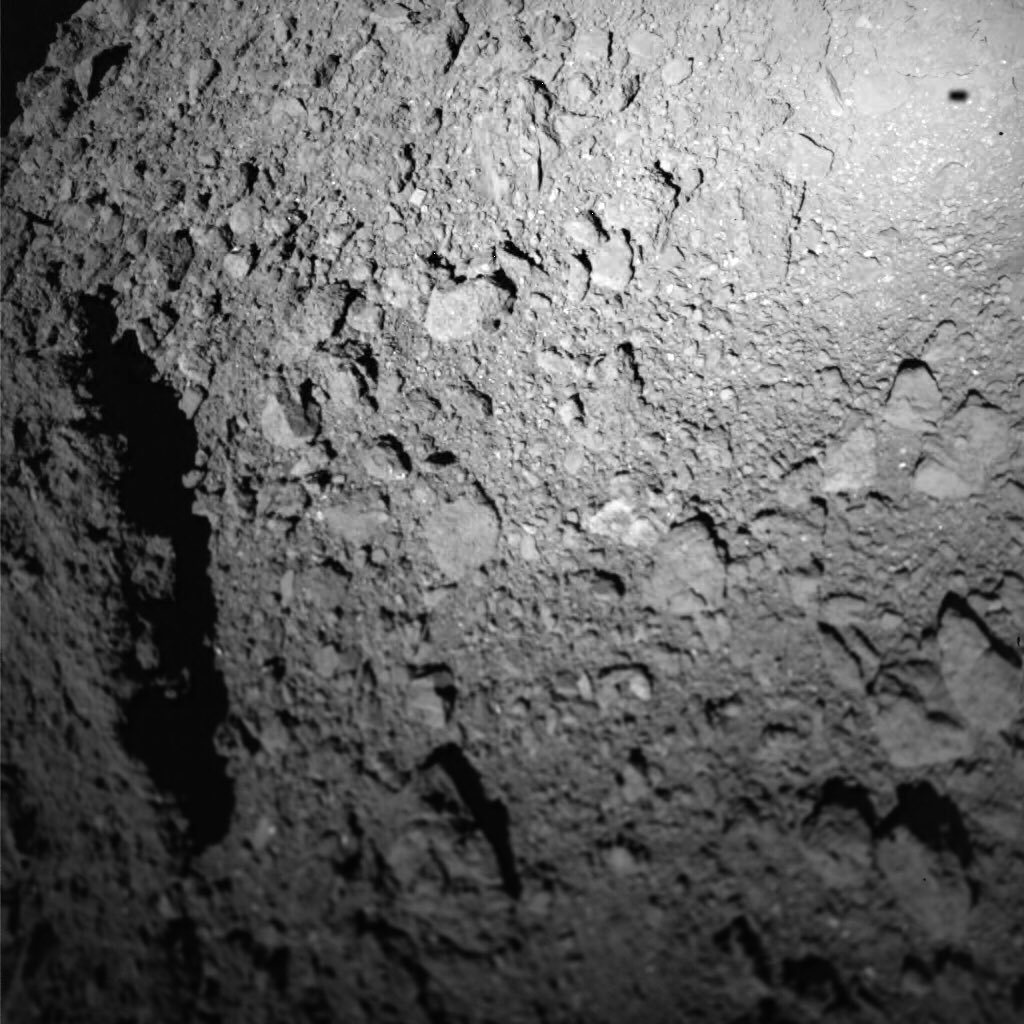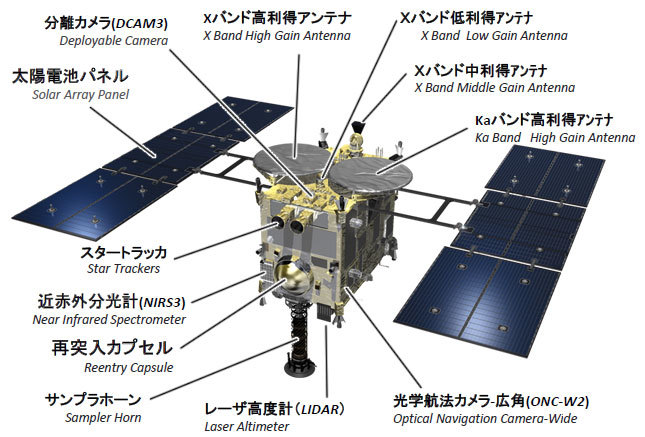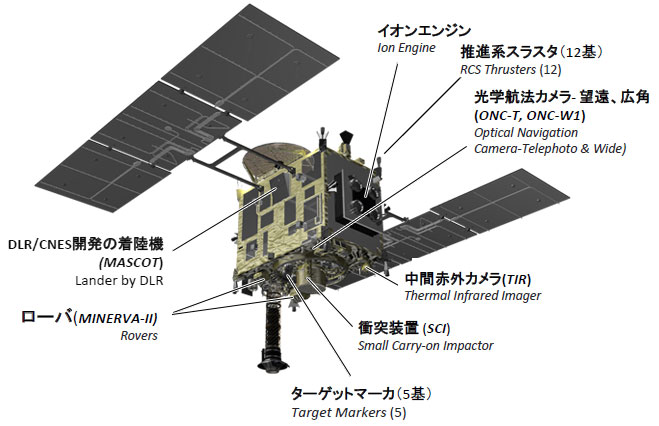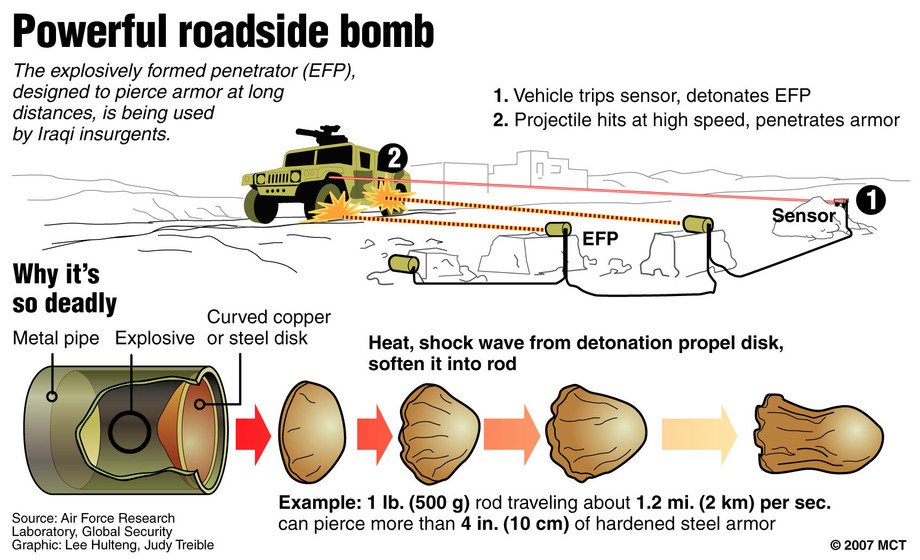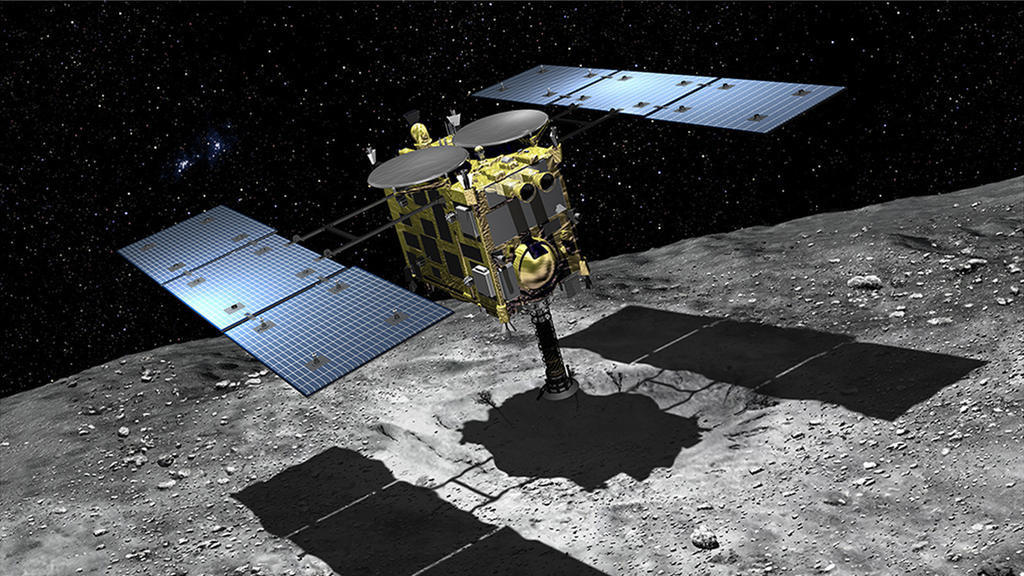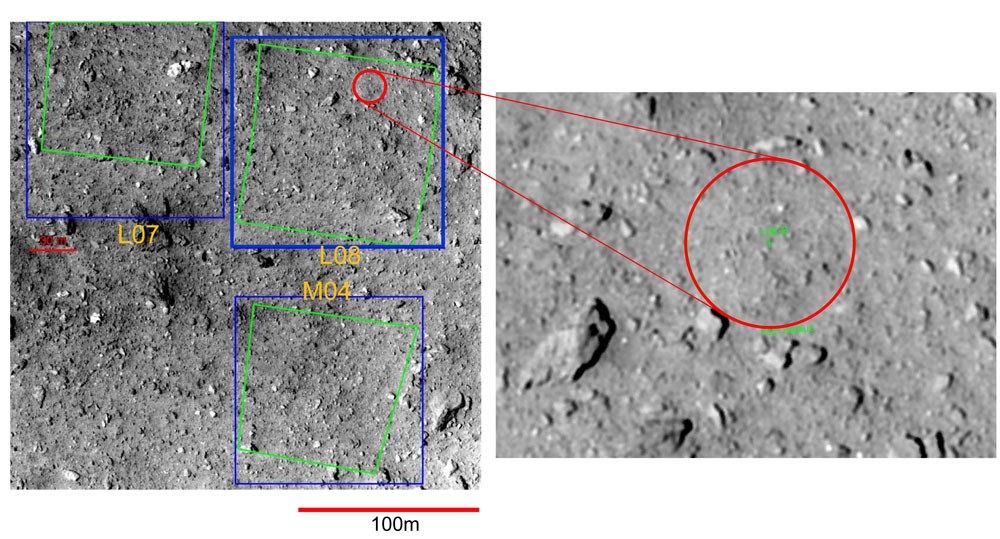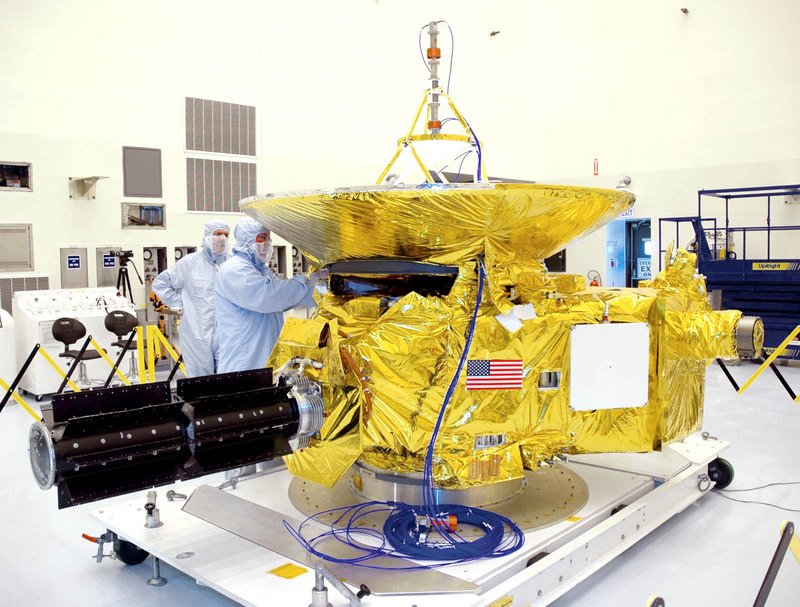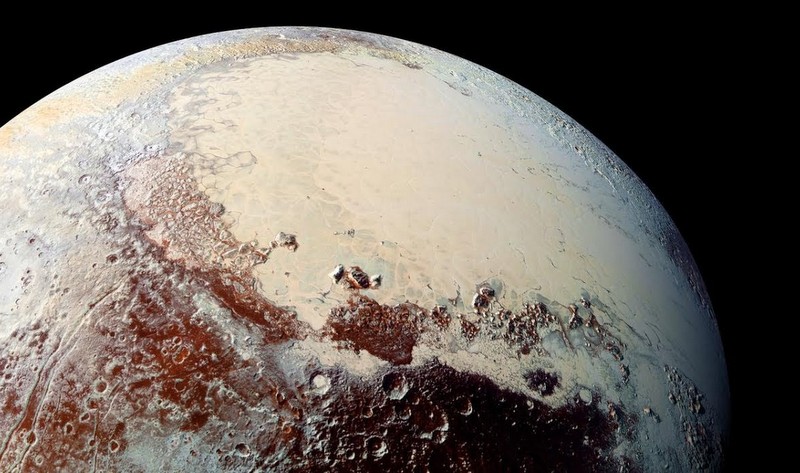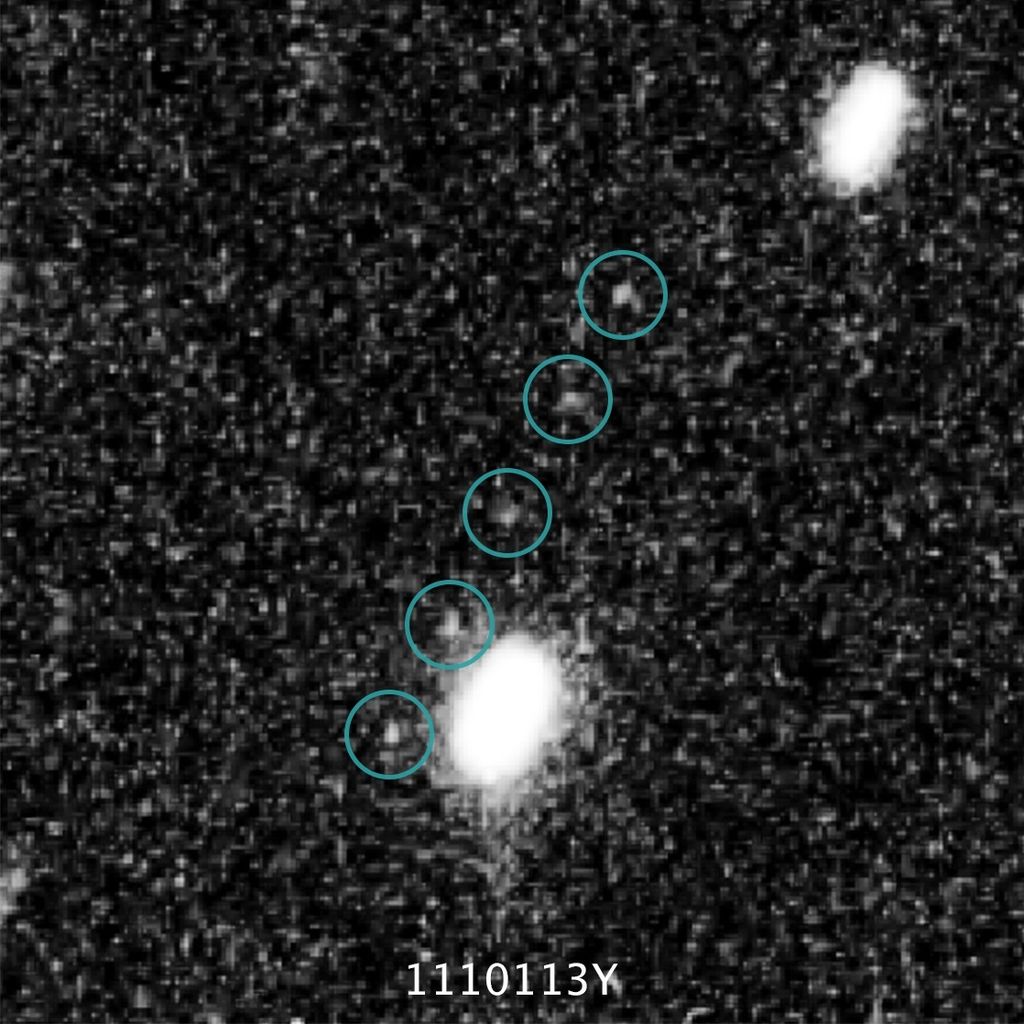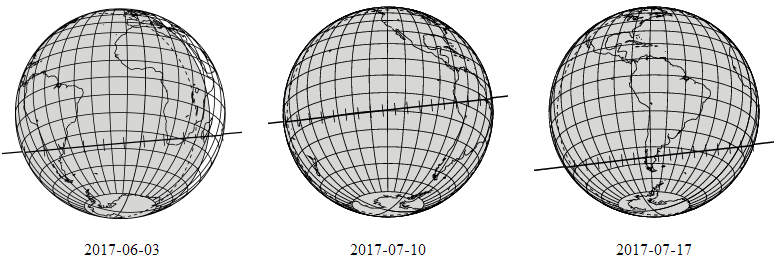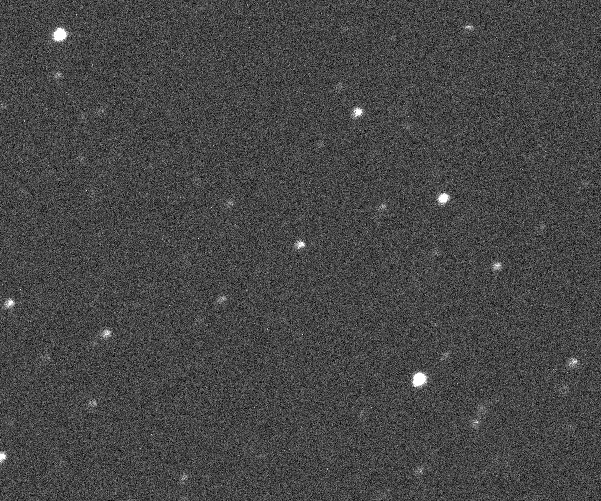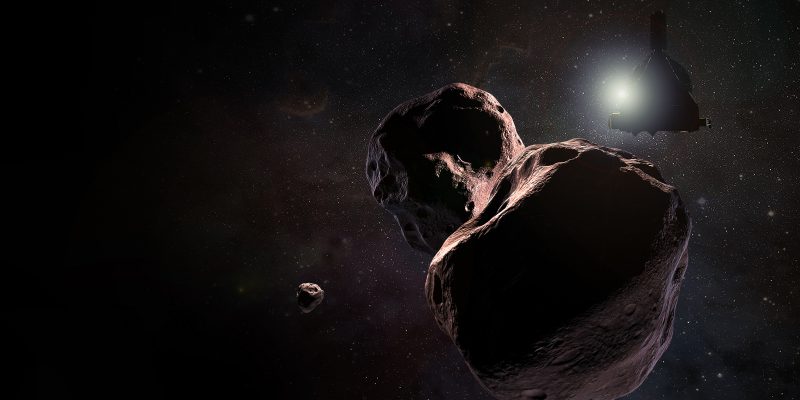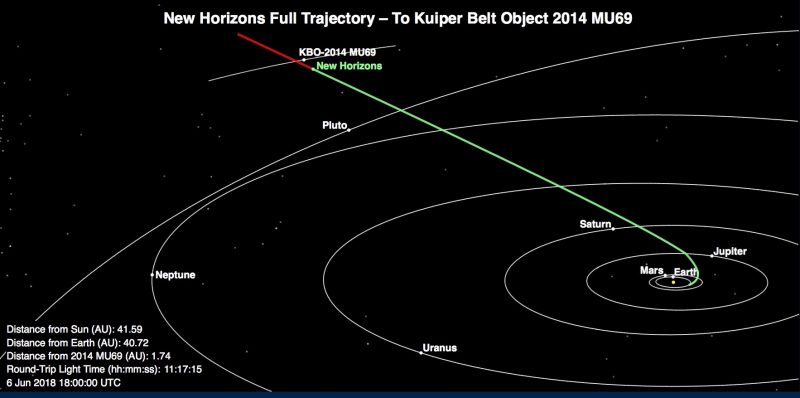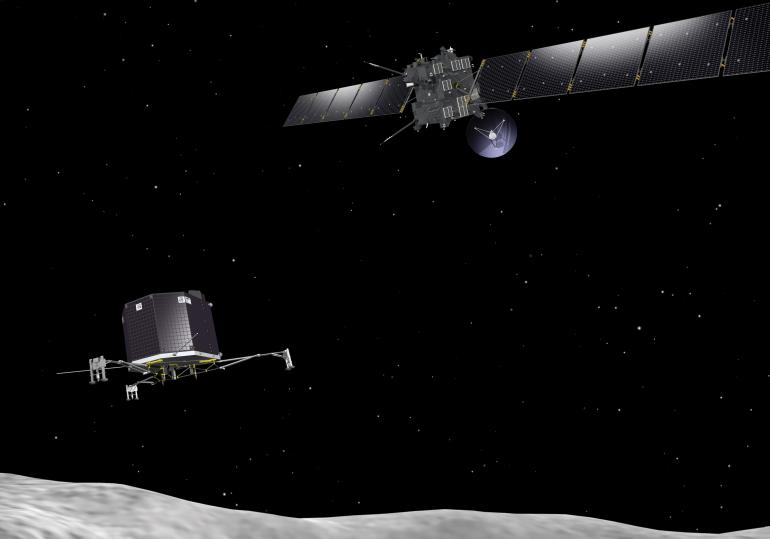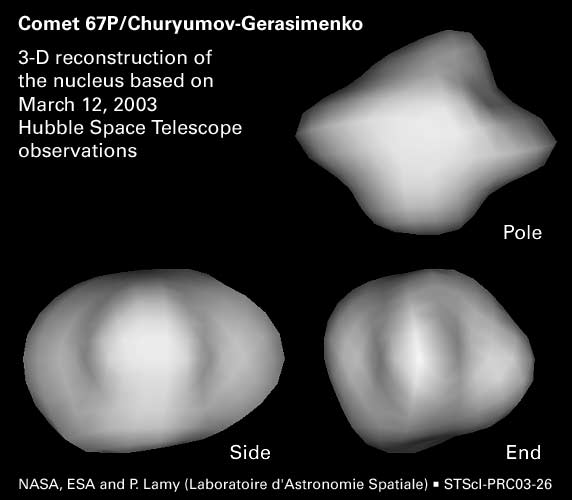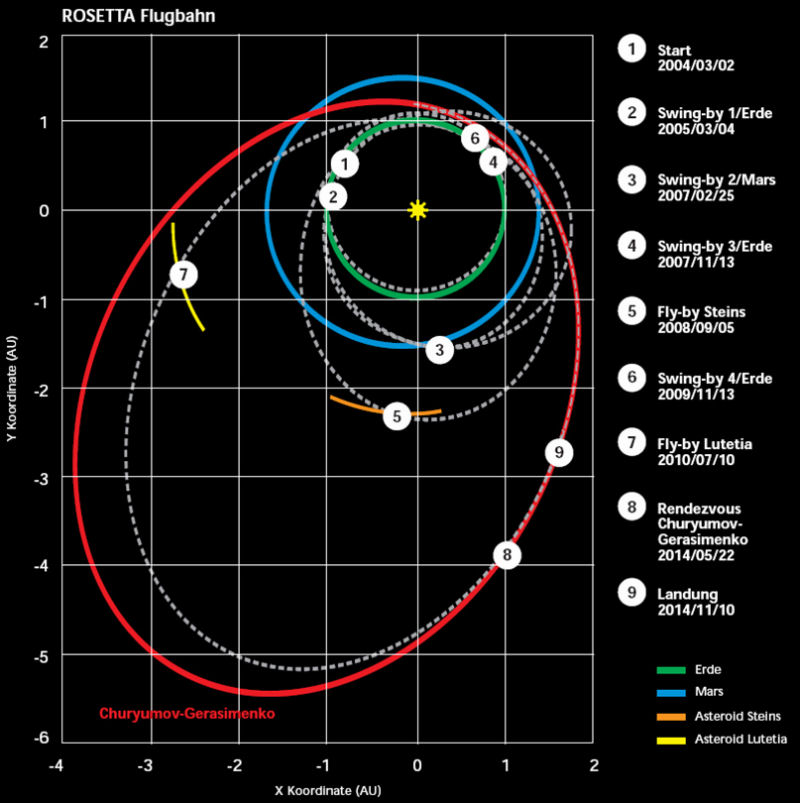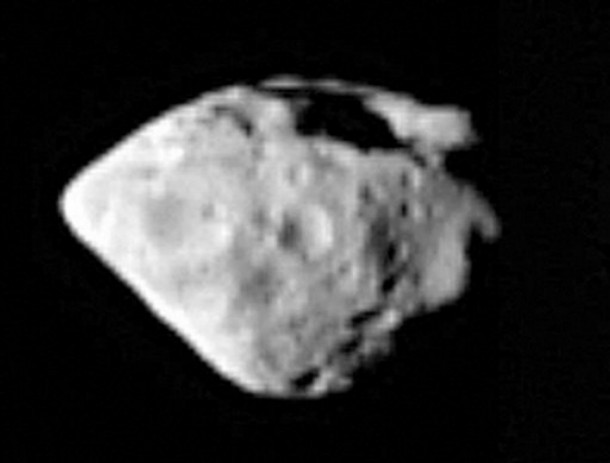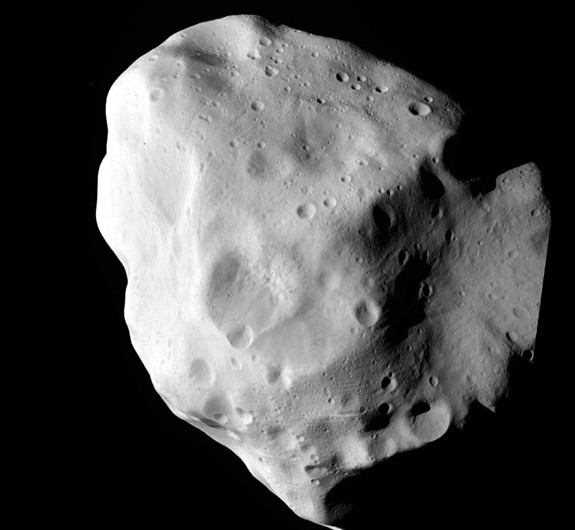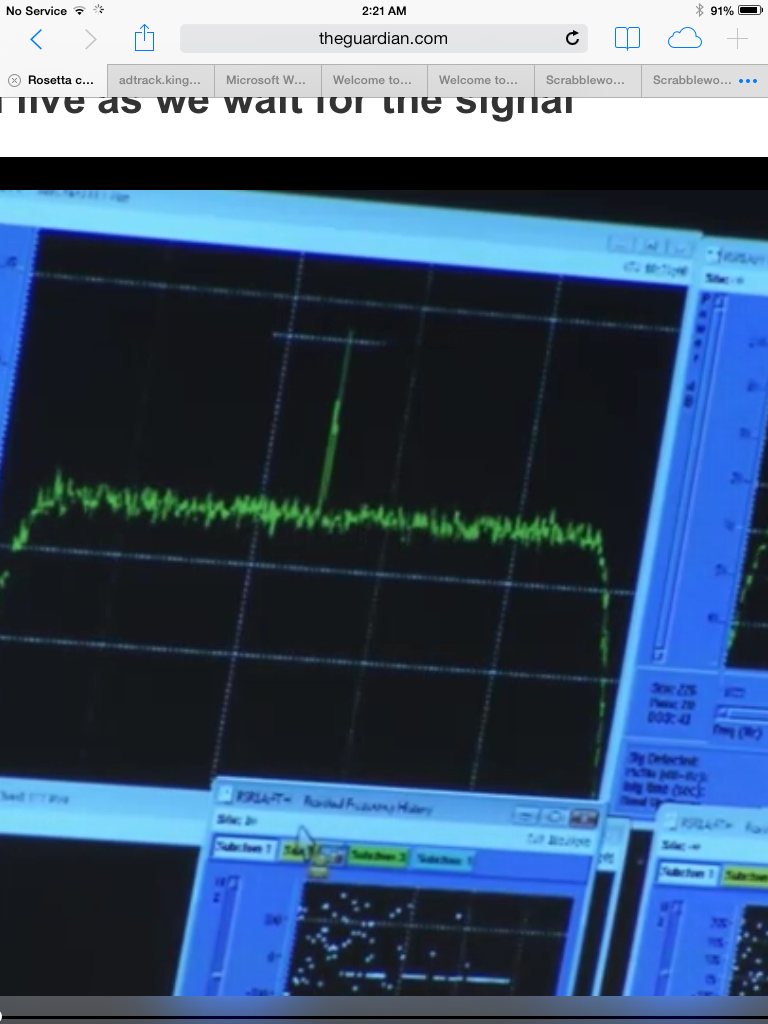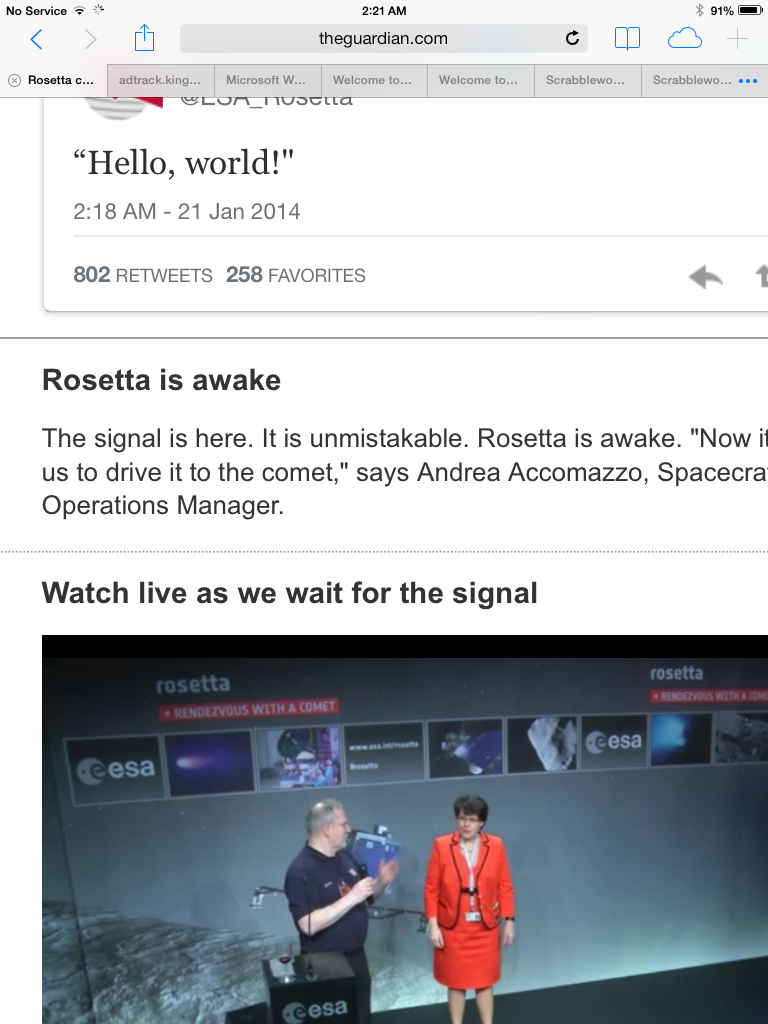It is generally assumed that you need liquid water for life to develop. The planet Mars is now dry and arid, but had lots of water in its far past.. The Perseverance rover (see my blog) is at the moment collecting samples of Martian soil, hoping to find fossil remains of (microbial) life, until now without results. Disappointing for those who are convinced that “simple” life must be ubiquitous in the universe.
When you have been following my blog, you will know that I am not really surprised. Personally I think that (simple) life will NOT develop easily, even in a suitable environment. See my recent post about the Drake Equation.
Are there other places in our solar system with (abundant) liquid water? Yes, there are, here are two, Europa and Enceladus. Europa is a moon of Jupiter and Enceladus a moon of Saturn. Europa is large with a diameter of 3122 km, only slightly smaller then Earth’s Moon (3475 km). Enceladus is much smaller, with a diameter of 504 km. In this image you see the relative sizes of Earth, Moon and Enceladus,
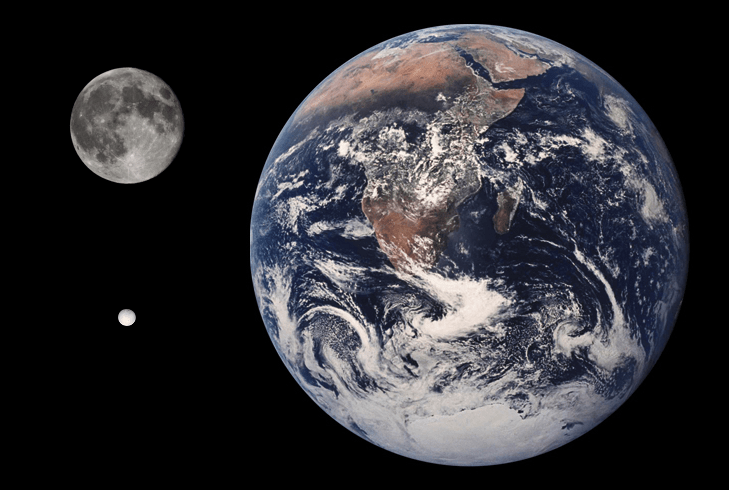
Here are the two moons, Europa left and Enceladus right.. Both moons are covered with a thick crust of water ice. This ice surface has a temperature of about -200 degree Celsius. But underneath this crust both moons have oceans of liquid water!


We think that the interior of the two moons look like this. Europa has a metallic core (iron and nickel),a rocky mantle and a (salty) ocean with an estimated depth of 60-150 km.. A thick ice crust ( 15-25 km) covers the ocean. The model shows the layers to scale.
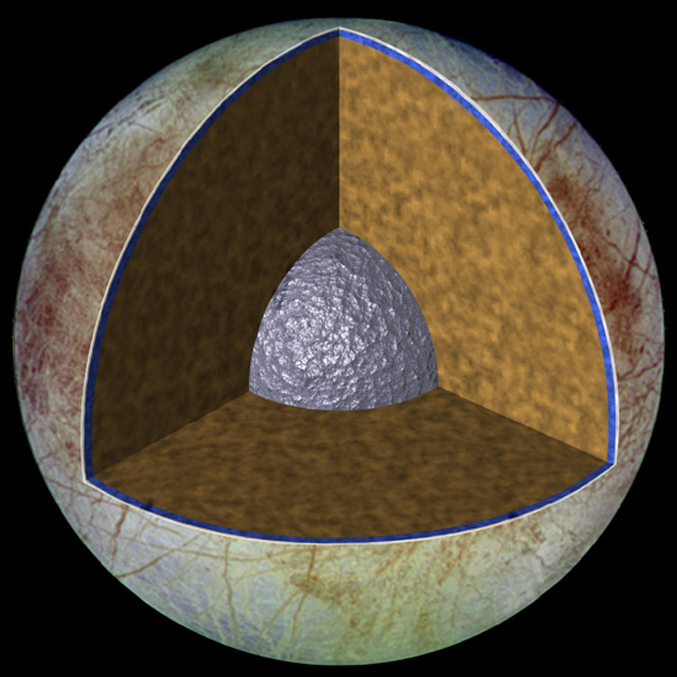
Enceladus has a rocky core with radius of ~ 180 km , covered by a 30 km deep ocean. and a 20 km thick crust. The ice crust is thinner at the south pole.
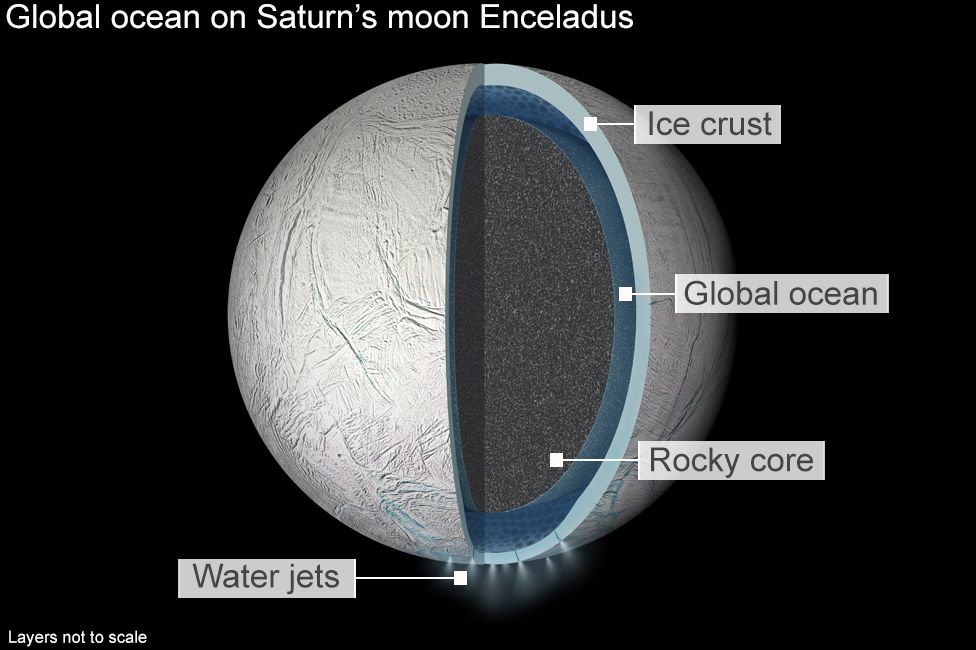
How is it possible that these moons have liquid water under their ice crust? Where does the energy come from, the Sun is far way. The answer is: because of the tidal forces exerted by the giants Jupiter and Saturn on their moons.
Newton’s gravitation between two objects depends on the distance between them. For example the gravitational force exerted by the Moon on Earth is stronger on the side facing the Moon than on the other side. This difference is responsible for the tides. The tidal friction will slow down the rotation of Earth , so the length of a day will increase a little bit, about 1,8 millisecond per century. In the far past when the moon was born, the day length may have been about 4 hours only!, For the moon the story is similar: tidal friction has slowed it down, even a lot more, the Moon shows always the same face to Earth, it is “tidally locked”. Actually all the major moons in the Solar System are tidally locked to their planet.
Even tidally locked moons still can undergo tidal flexing, if the orbit is elliptical, a kind of kneading. Model calculations for Europa and Enceladus indicate that this .can generate enough energy to keep the oceans liquid. More (technical) details here.
So both moons have liquid water and a source of energy , two of the essential ingredients for life as we know it. The third ingredient (chemicals like carbon, hydrogen, nitrogen, oxygen, sulfur, and phosphorus) should be available in the rocky core.
The information about the two moons comes basically from two successful space missions. The Galileo spacecraft arrived at Jupiter in 1995 and stayed in orbit until 2003. It’s main mission was to study the planet, but it managed to have numerous flybys’ of Europa. The Cassini entered Saturn’s orbit in 2004 and stayed there until 2017.
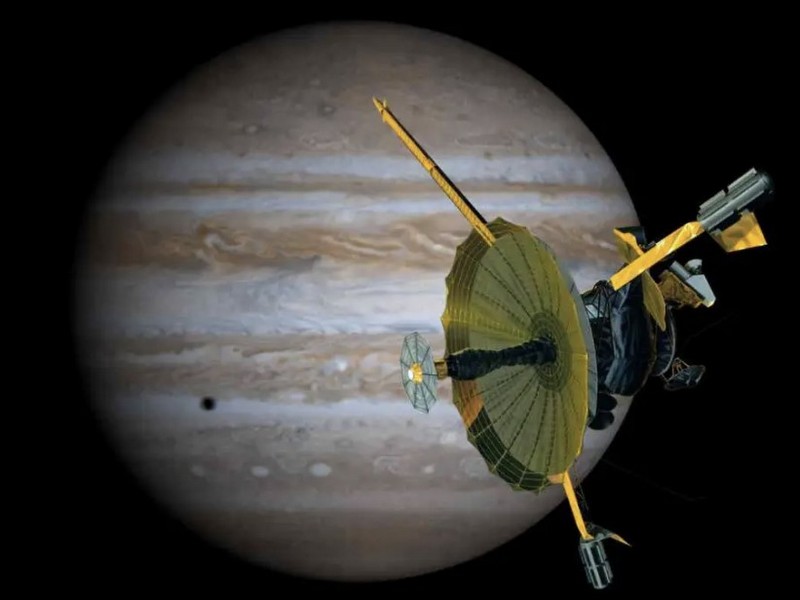
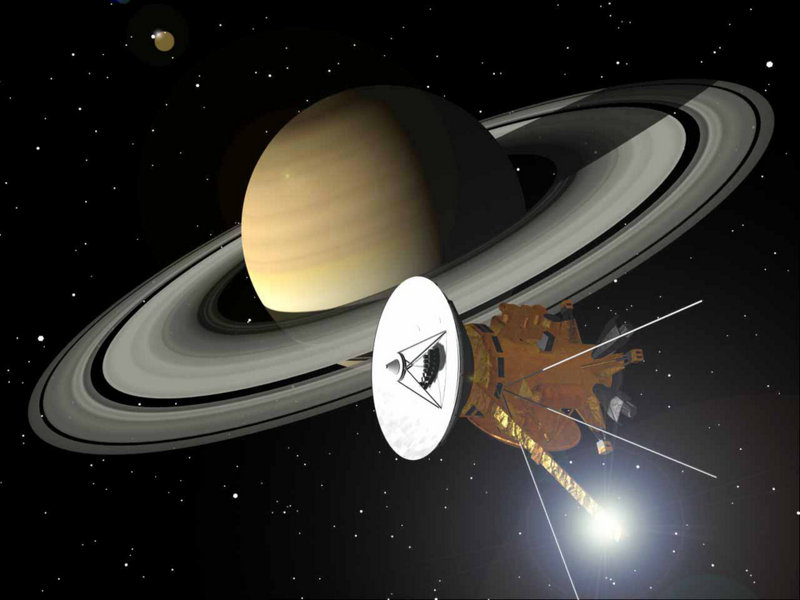
The Cassini mission was very successful, click here for an overview. One of the most spectacular discoveries was that Enceladus is an active moon. There are geysers in the south polar region of the moon! This picture was taken by Cassini in February 2010.
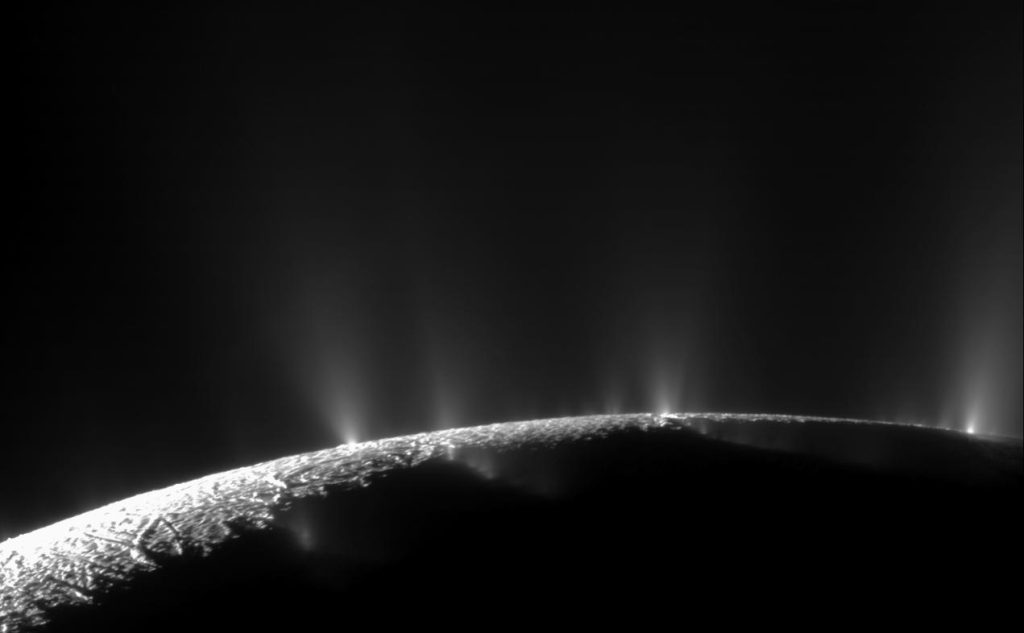
The geysers consist of water vapor and ice particles. The explanation is that water seeps from the ocean floor into the rocky core where it is heated. The heated water rises and erupts though fissures in the icy crust.. It is a bit similar to the hydrothermal vents in Earth’s oceans.
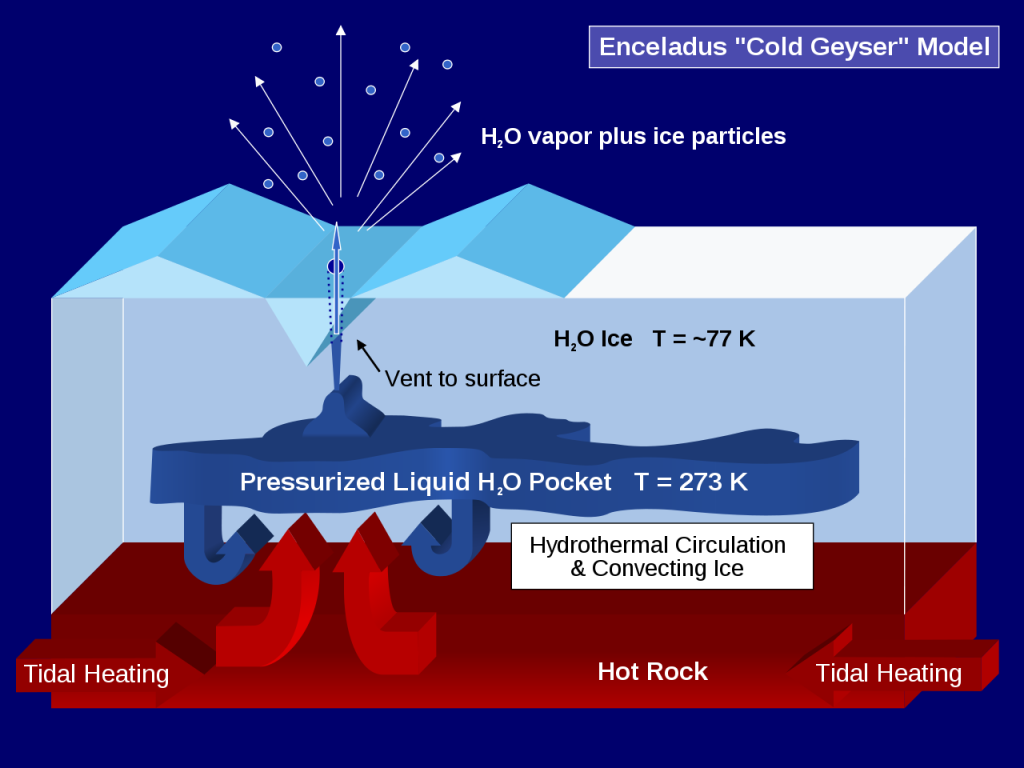
There are indications that Europa also has this kind of geyser activity, although less intense Here is a recent (2021) NASA report, Are Water Plumes Spraying from Europa?
In the search for extraterrestrial life these two moons have top priority. Many proposals for missions to Europa have been formulated and later discarded, here is a list. At the moment the Europa Clipper is being prepared for a launch in October 2024. It will arrive at Jupiter in April 2030. Here is an artist’s concept, of Clipper, Europa and Jupiter. The solar panels of Clipper span 30 meter!
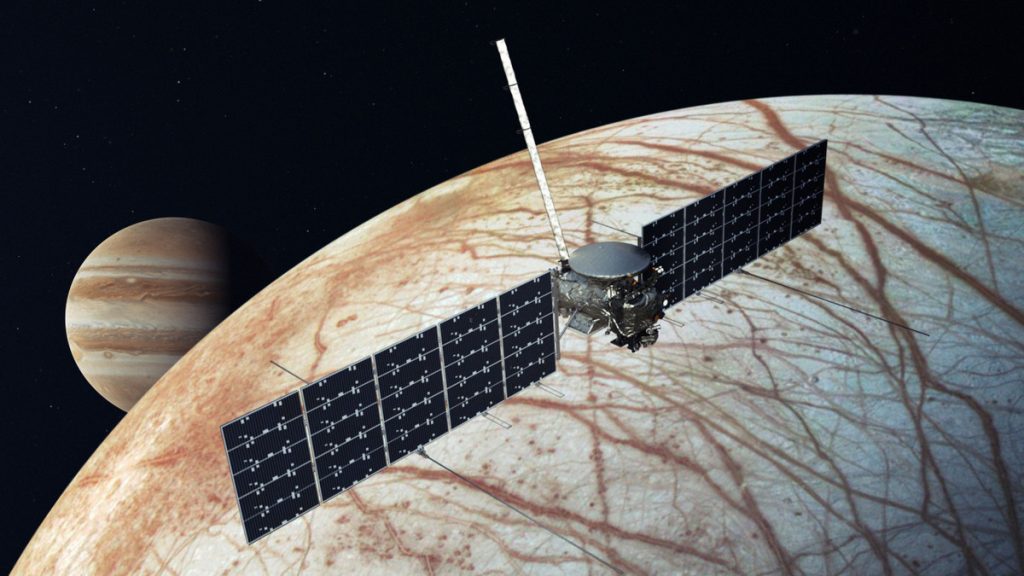
The artist impression might suggest that the Clipper will orbit Europa, but that is not the case, it will orbit Jupiter in an elliptical orbit and make 44 flybys of Europa. It will study Europa’s icy crust, find confirmation for the ocean underneath and try to make flybys through the geysers (if they exist).
A proposed follow-up mission is the Europa Lander. It would land on Europa, collect some material from the icy crust and search for biomarkers, signs of life. Here is another artist impression. Notice the geyser at the horizon 😉 .
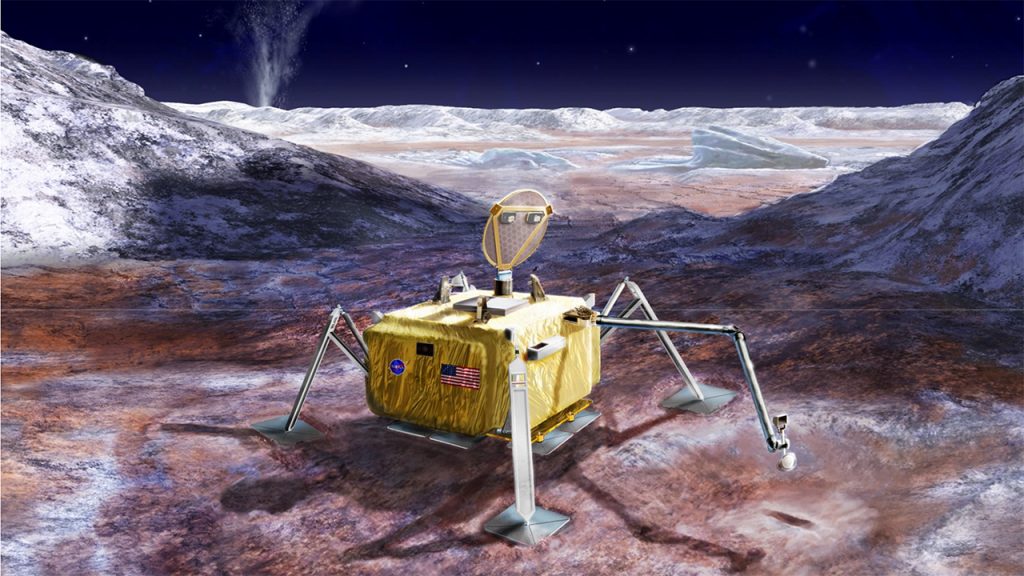
Probably the Europa Lander mission will be cancelled. Why? Because Enceladus offers better options than Europa. The main difference is that Enceladus is continuously spewing water and ice crystals, whereas the geysers of Europa are sporadic and still have to be confirmed.
The reason that there is so much interest in the geysers is obvious. To find out if there is life in these oceans, we have to drill through a 15-25 km thick ice crust first. Actually there are studies how to do that, they read like science fiction. Here is the final report (pdf file, 70 pages, 2019) about the Europa Tunnelbot. The basic idea is that this tunnelbot would melt itself down through the ice crust of 20 km in 3 years time, to reach the ocean. Here is a artist impression from the report, I have rotated it 90 degrees, to fit better in this post. Left is the icy surface of Europa, the inset shows three “repeaters” because even when the bot reaches the ocean it still must transmit date to the lander.
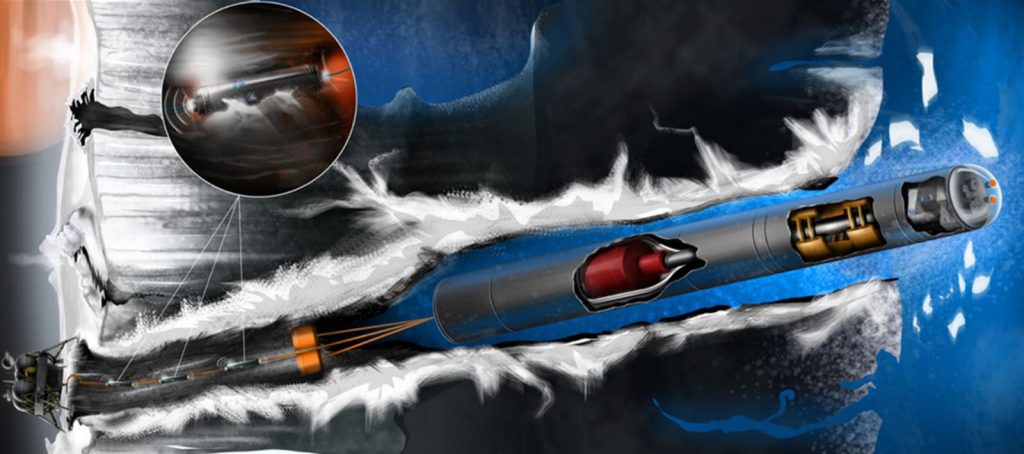
Science fiction and I think it will never happen, because the geysers on Enceladus and possibly on Europa may already give information about life in the oceans below the crust!
After Cassini observed the geysers on Enceladus, the scientific program was adapted and the spacecraft went a few times through the plumes. It found water, ice crystals and organic compounds!
So that will be the program for the next decades, explore Enceladus and find out whether the geysers will have convincing biomarkers.. .
Of course it will take time to design Enceladus missions. Here is one, the Enceladus Orbilander. Approved as a so-called Flagship Mission. Still in the design phase. possible launch in the late 2030s Arriving at Enceladus in the early 2050s.
First it will fly numerous times through the geysers, collect material and analyse it. Then it will land at the South polar region.
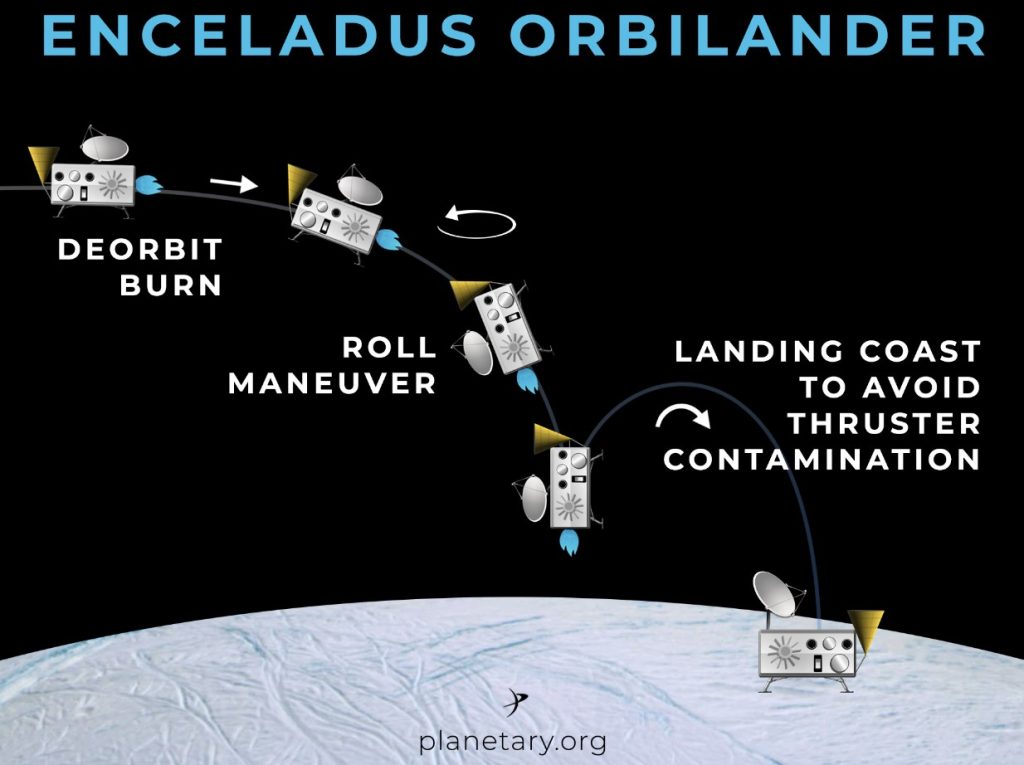
This is the South polar region of Enceladus. The “tiger stripes” are fissures in the ice crust where geysers erupt.
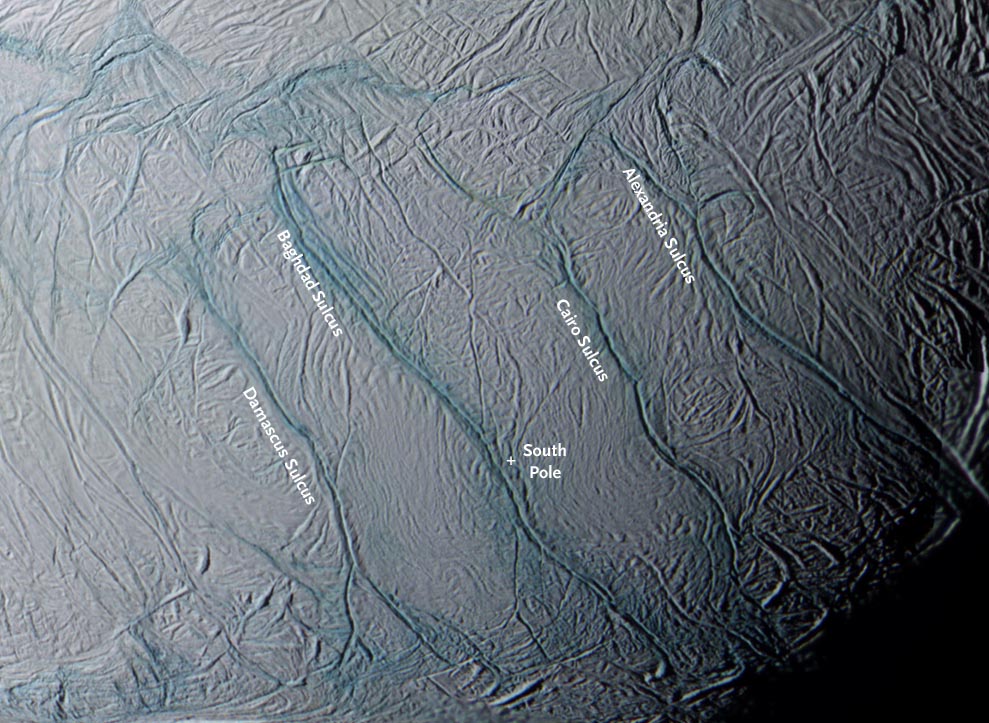
And here is an artist impression of the Orbilander on the surface of Enceladus.
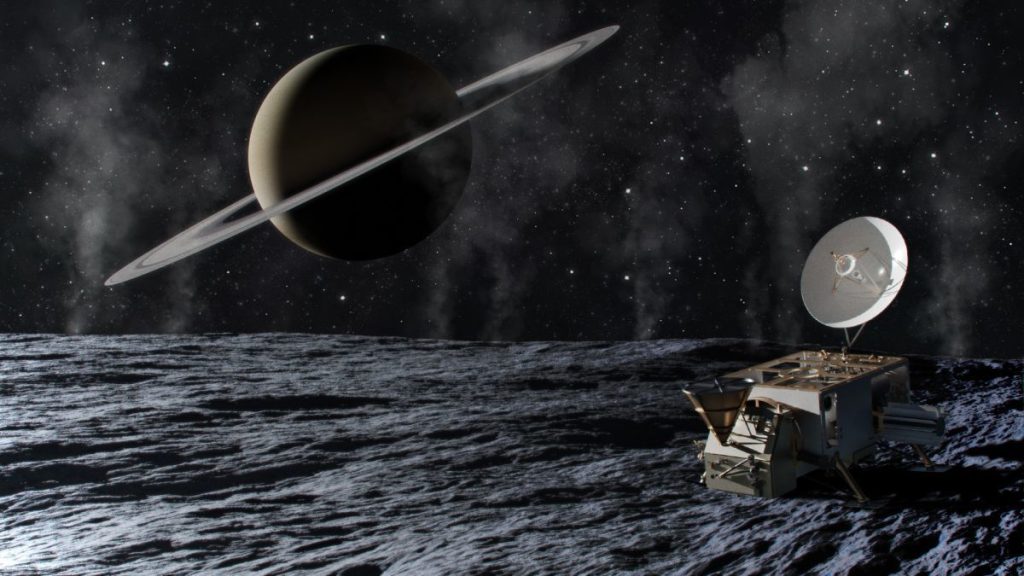
Until now life has only be found on Earth. Discovery of (primitive) life elsewhere in our solar system would be dramatic, because in that case we would know that (intelligent) life is ubiquitous in the universe.
At the moment Perseverance is collecting soil samples on Mars which will be brought back to Earth by the Mars Sample Return Mission around 2033. At about the same time Clipper will explore Europa. So we will have to wait for 10 years and for results from Enceladus about 30 years.

